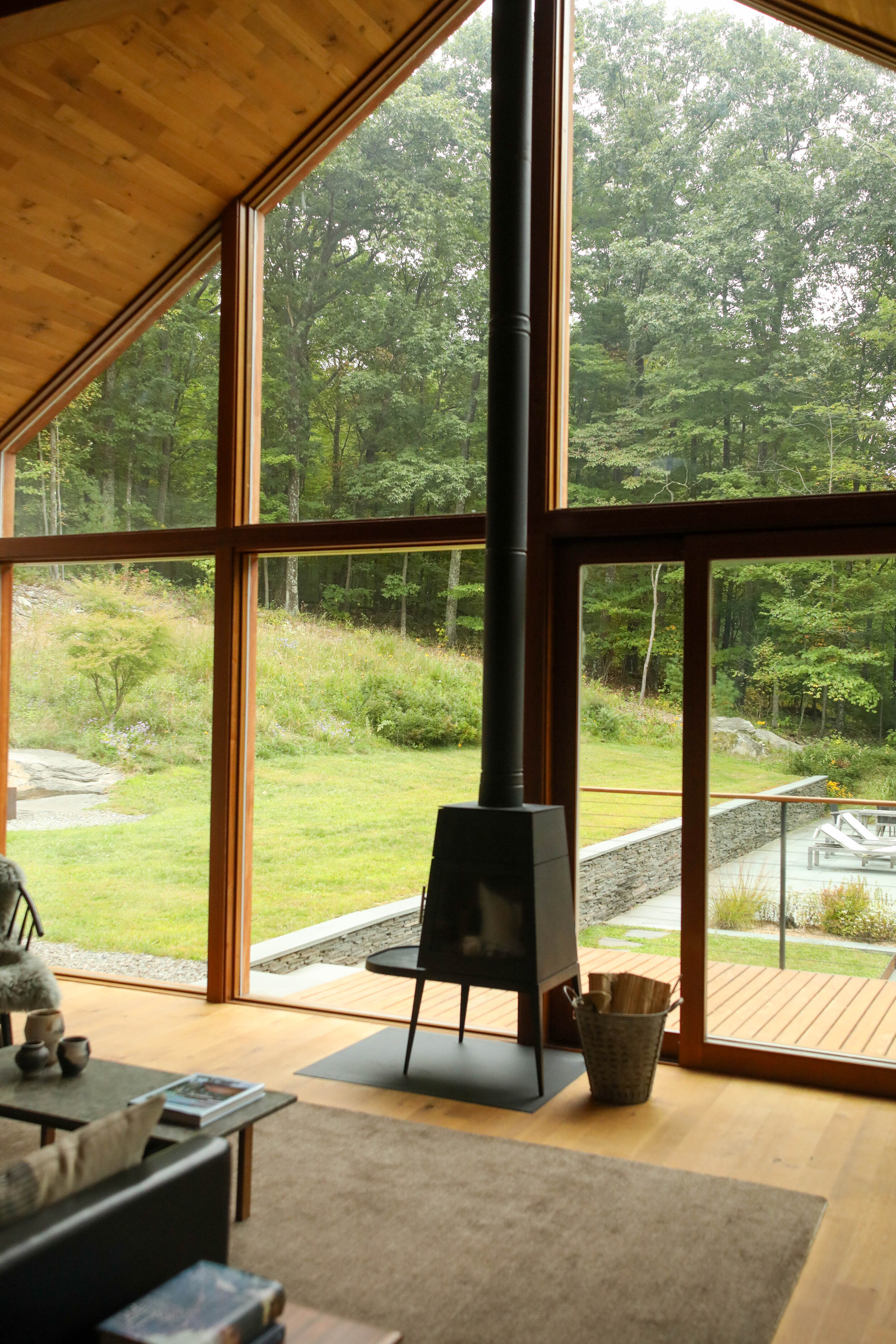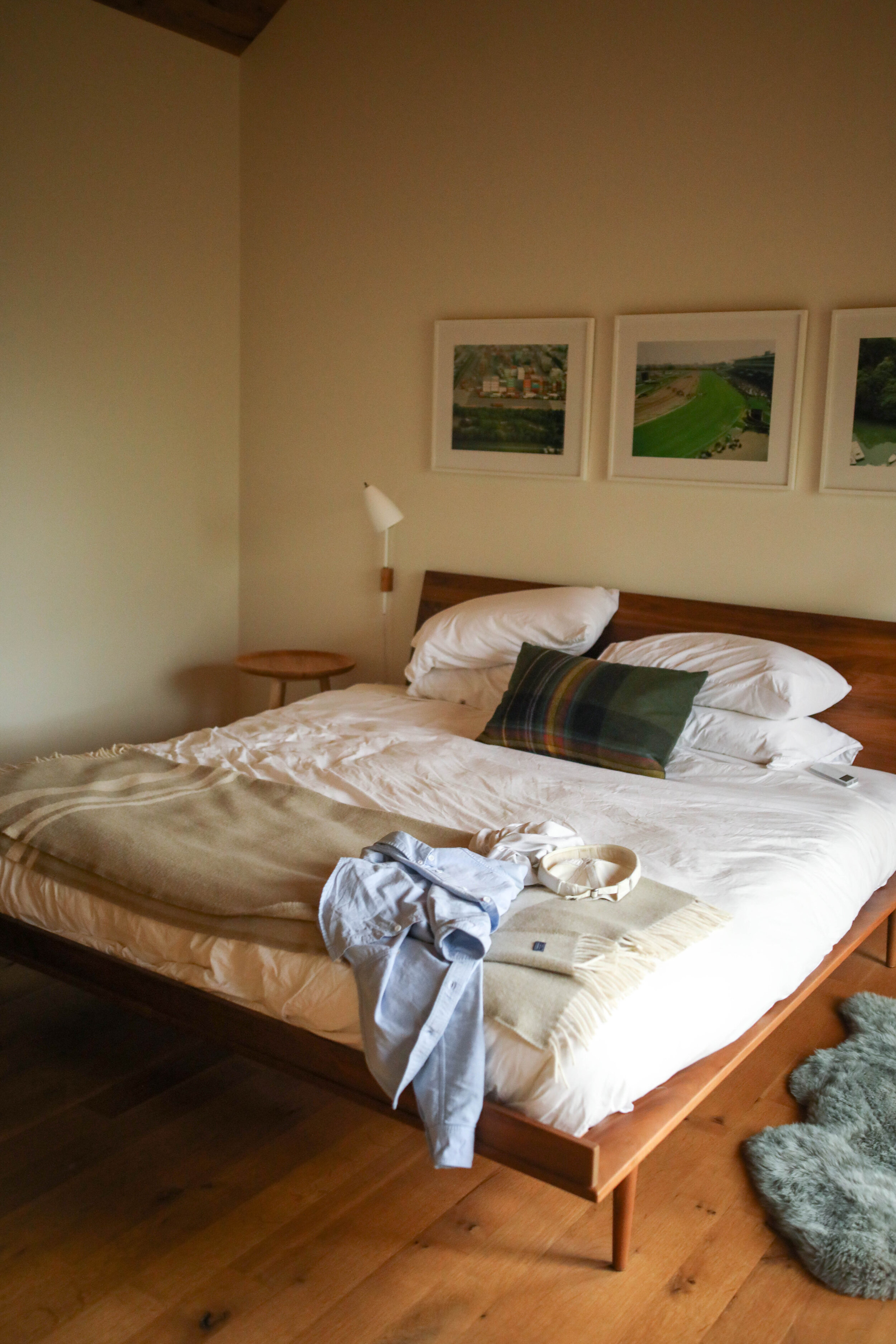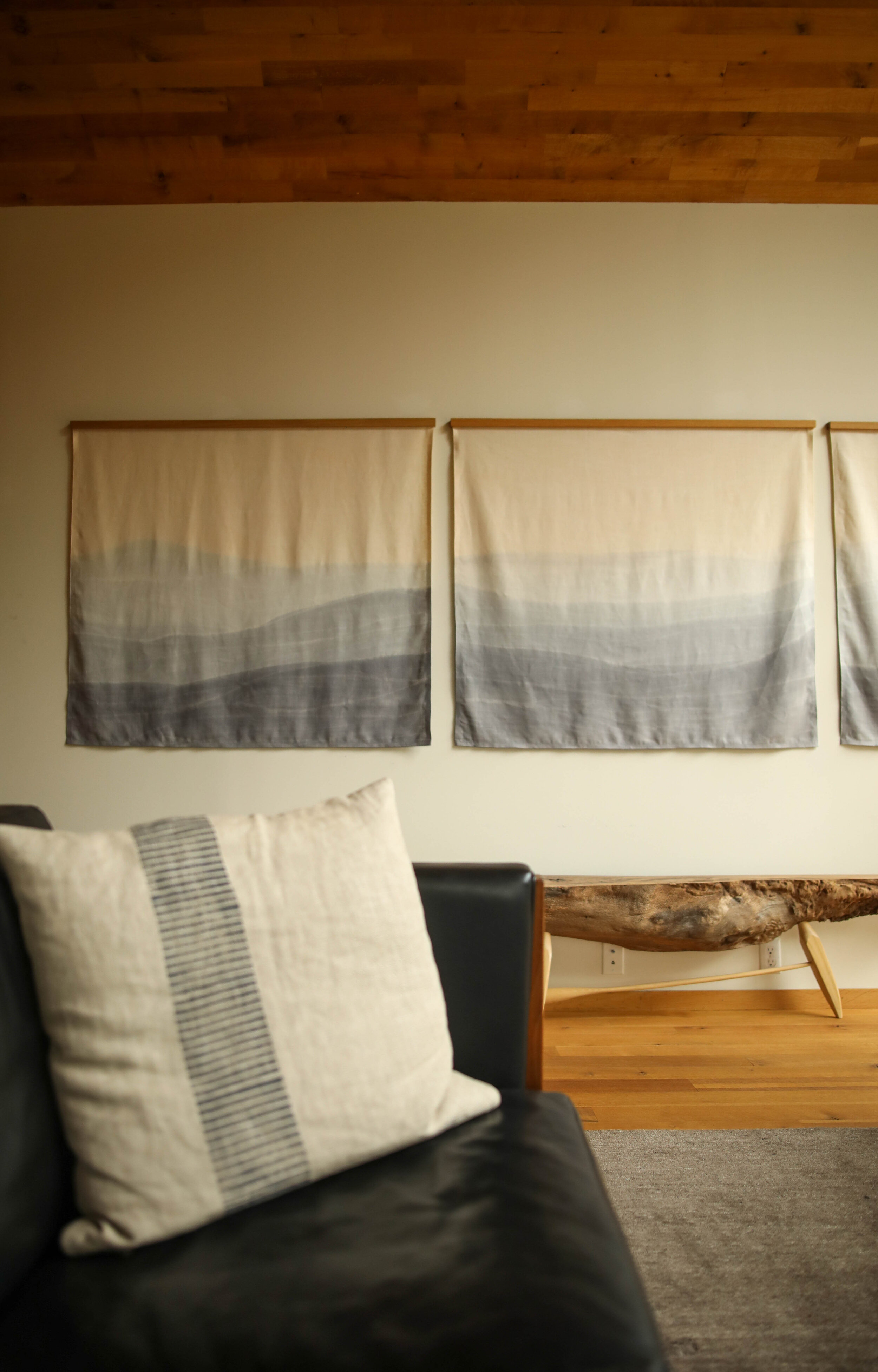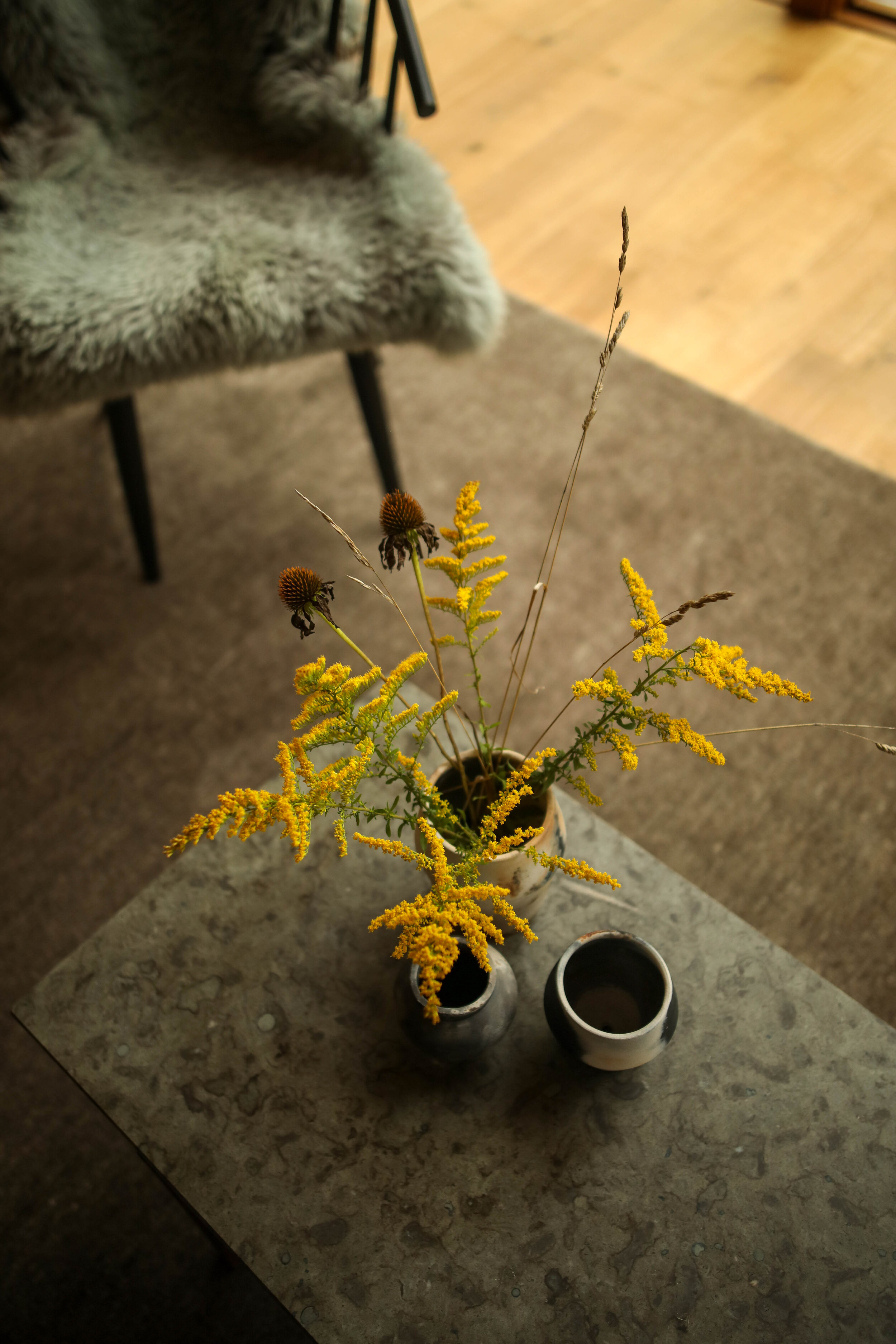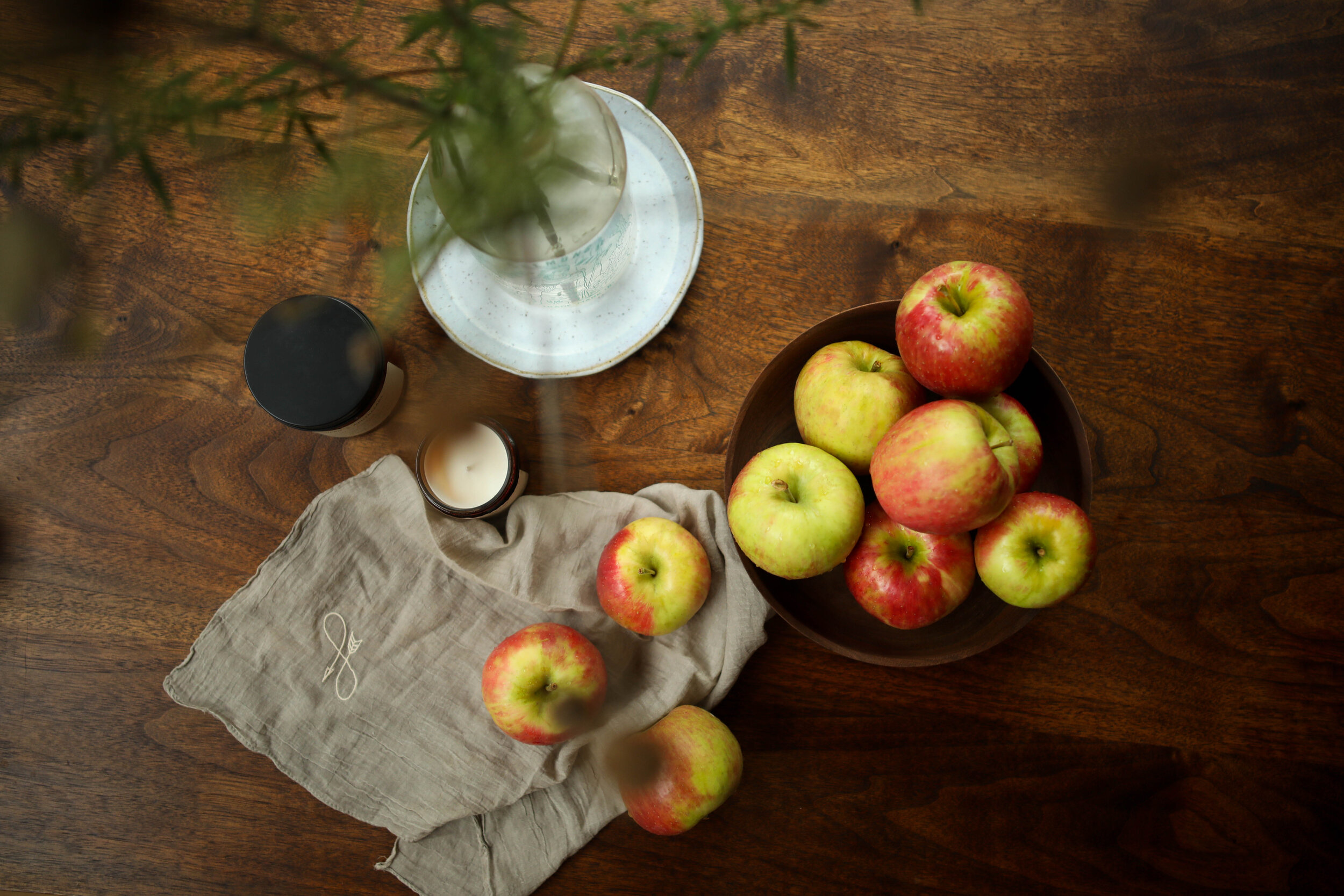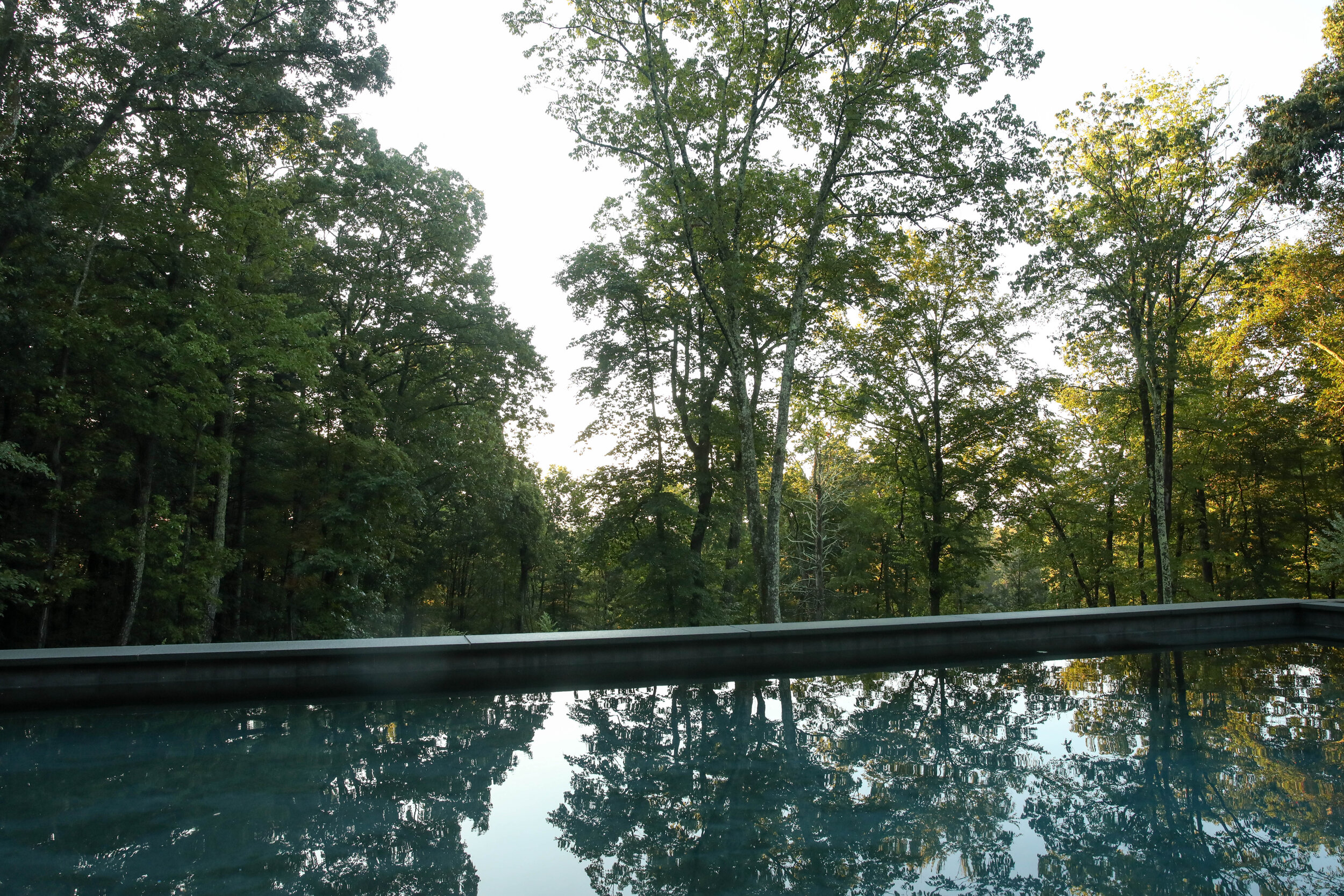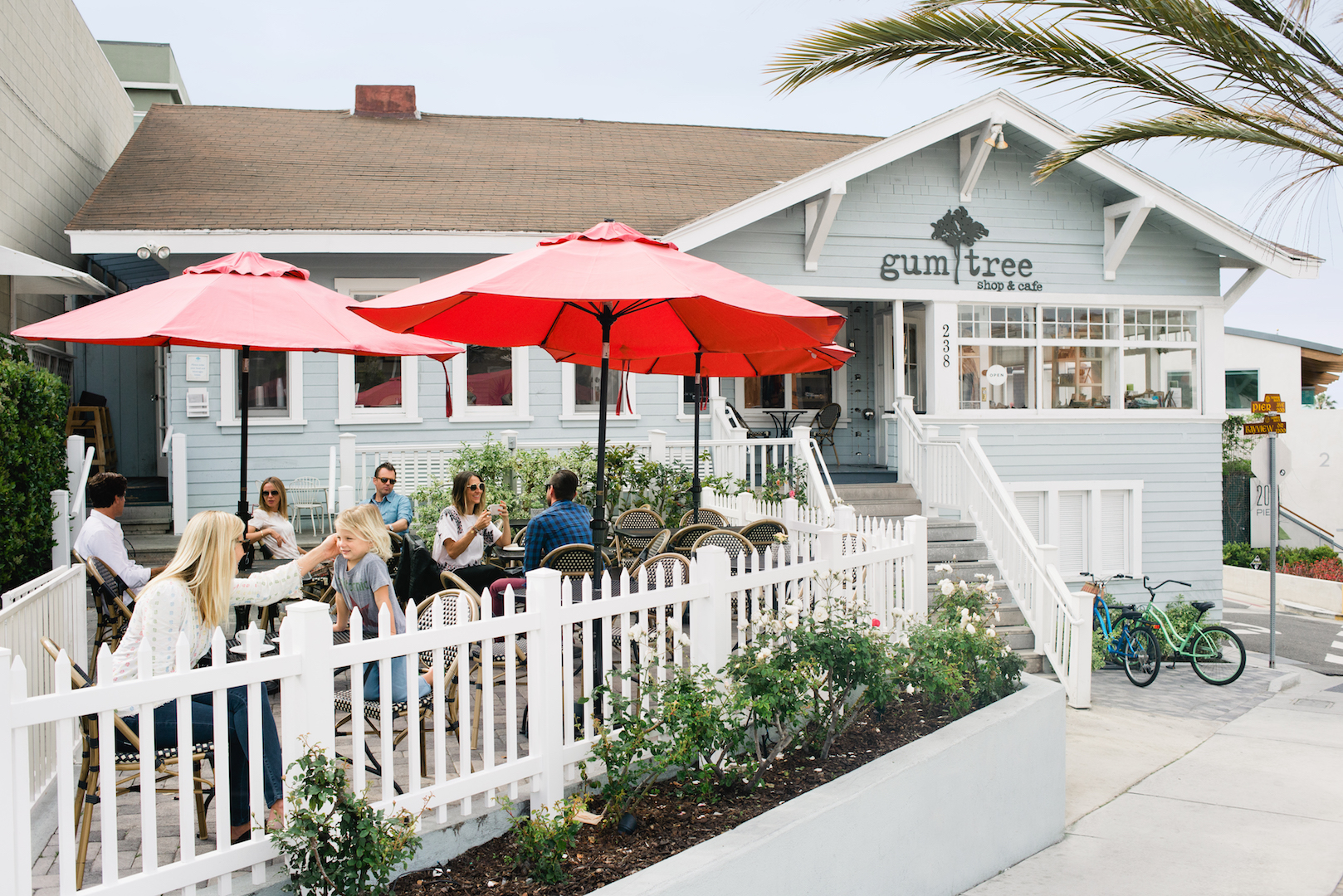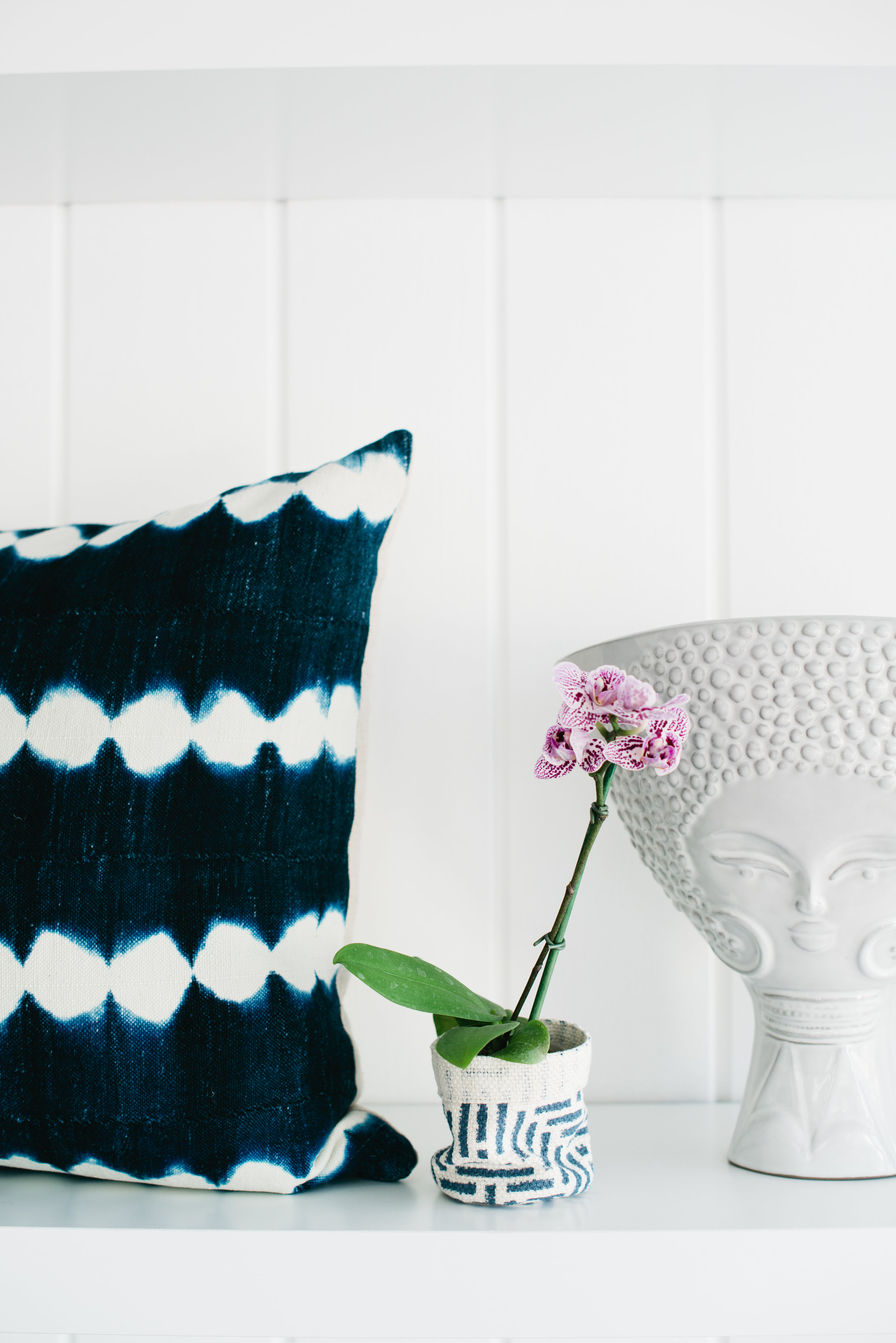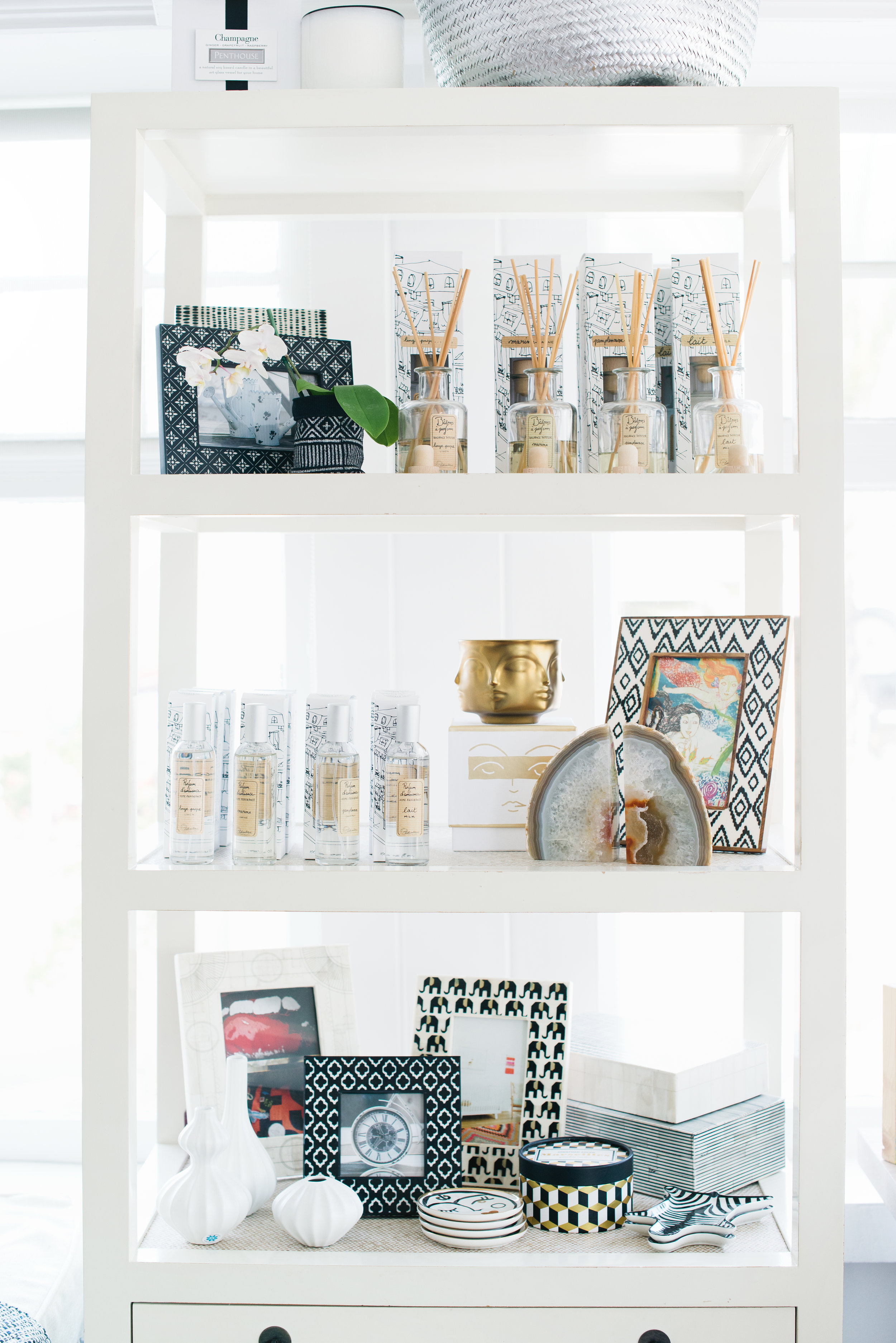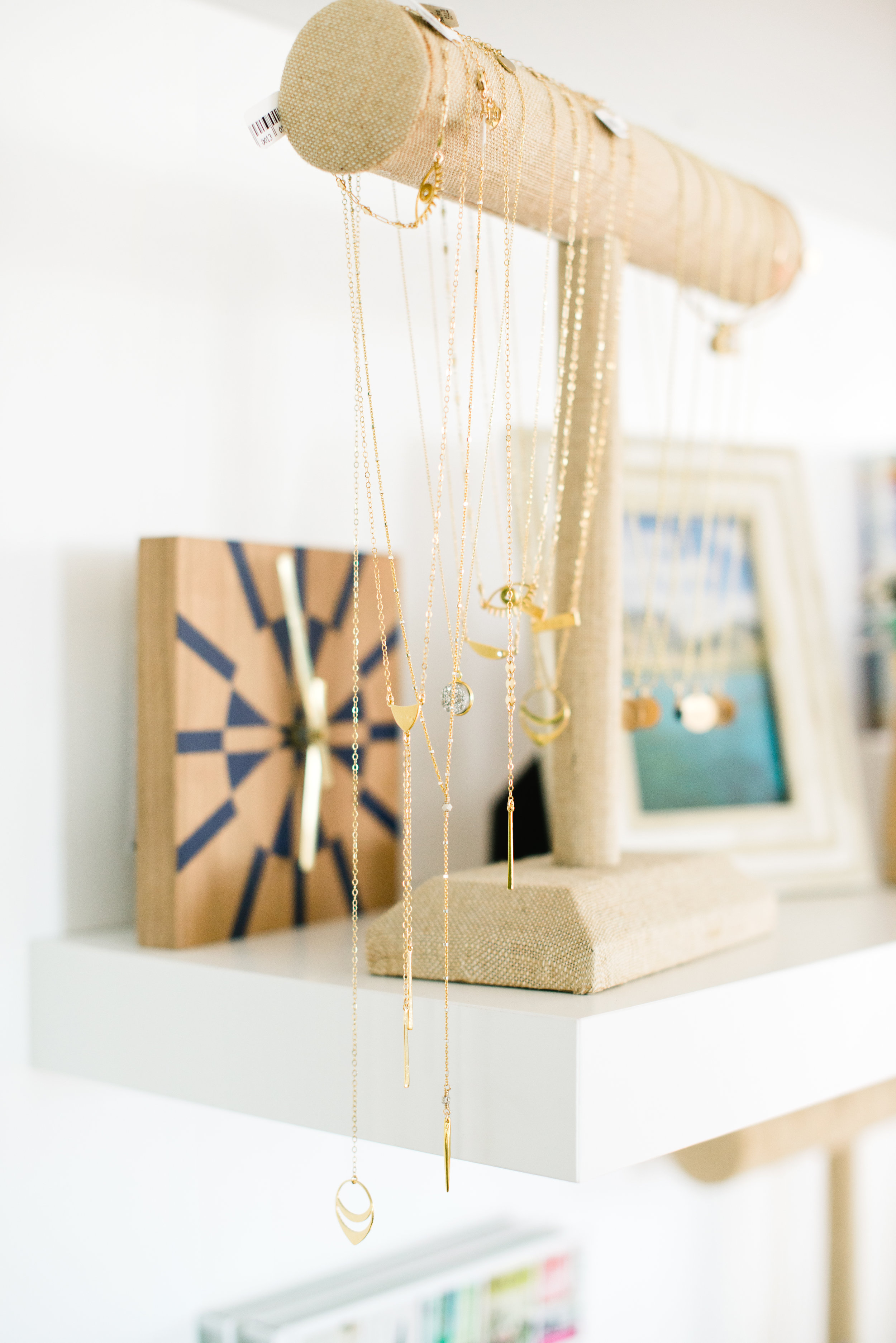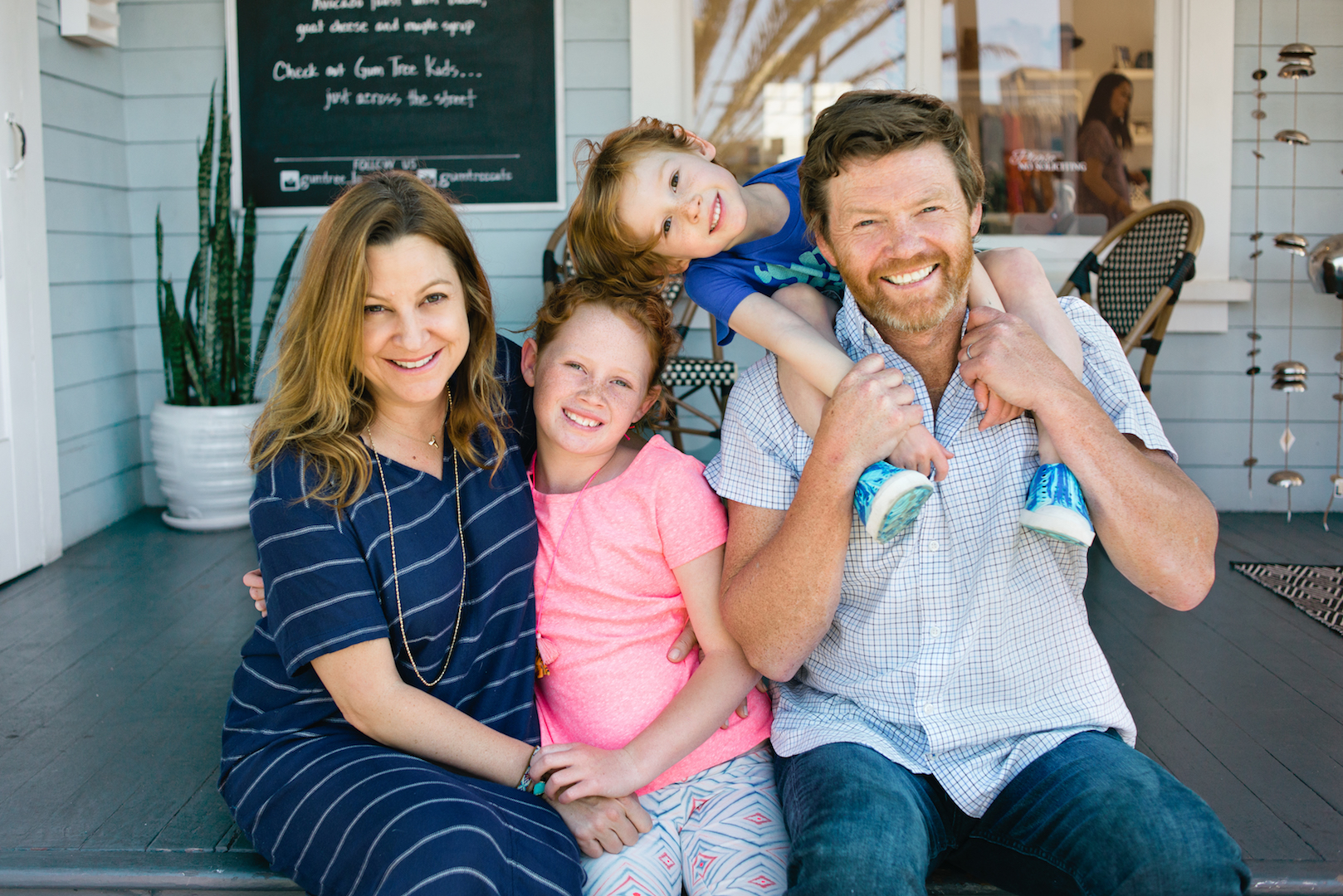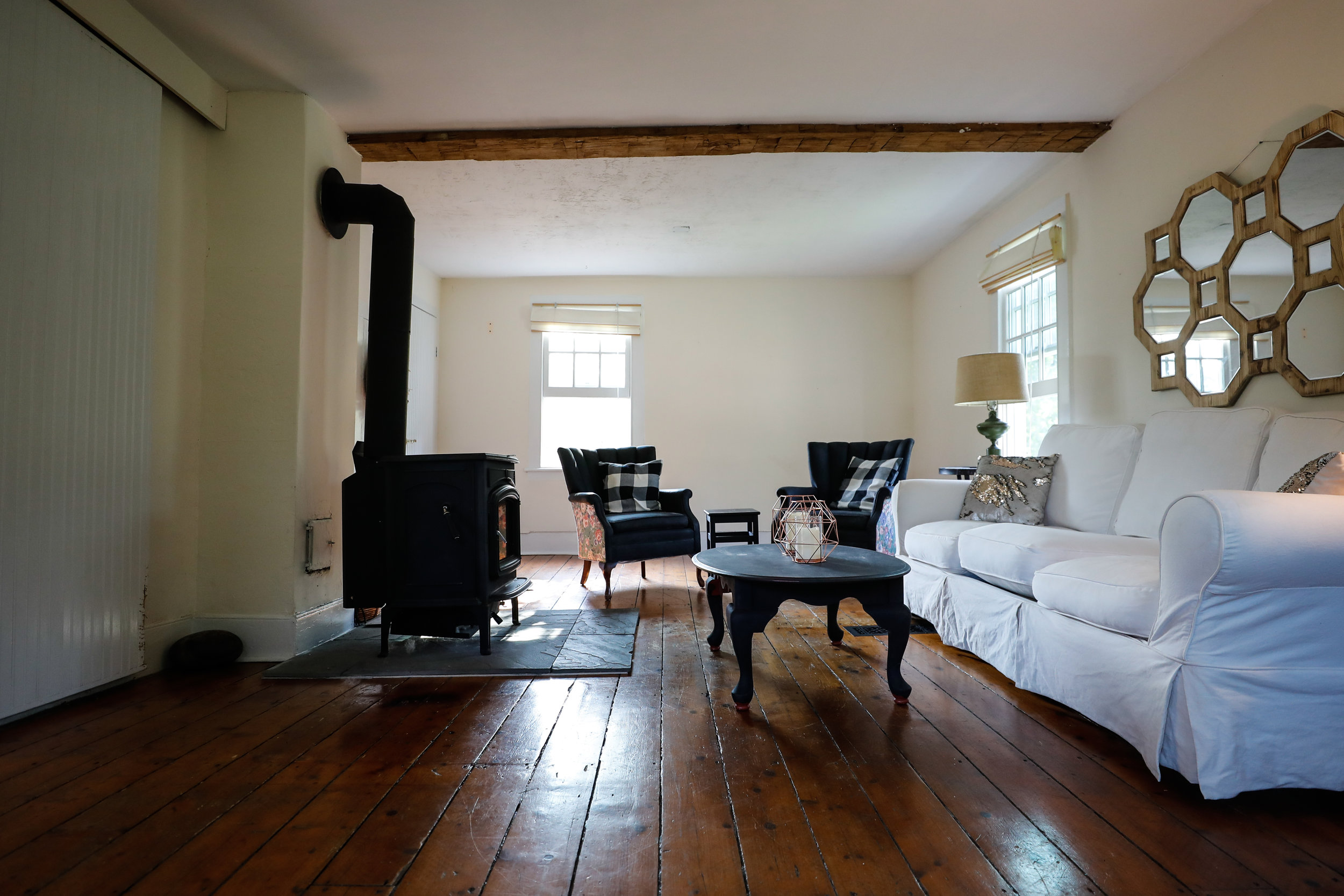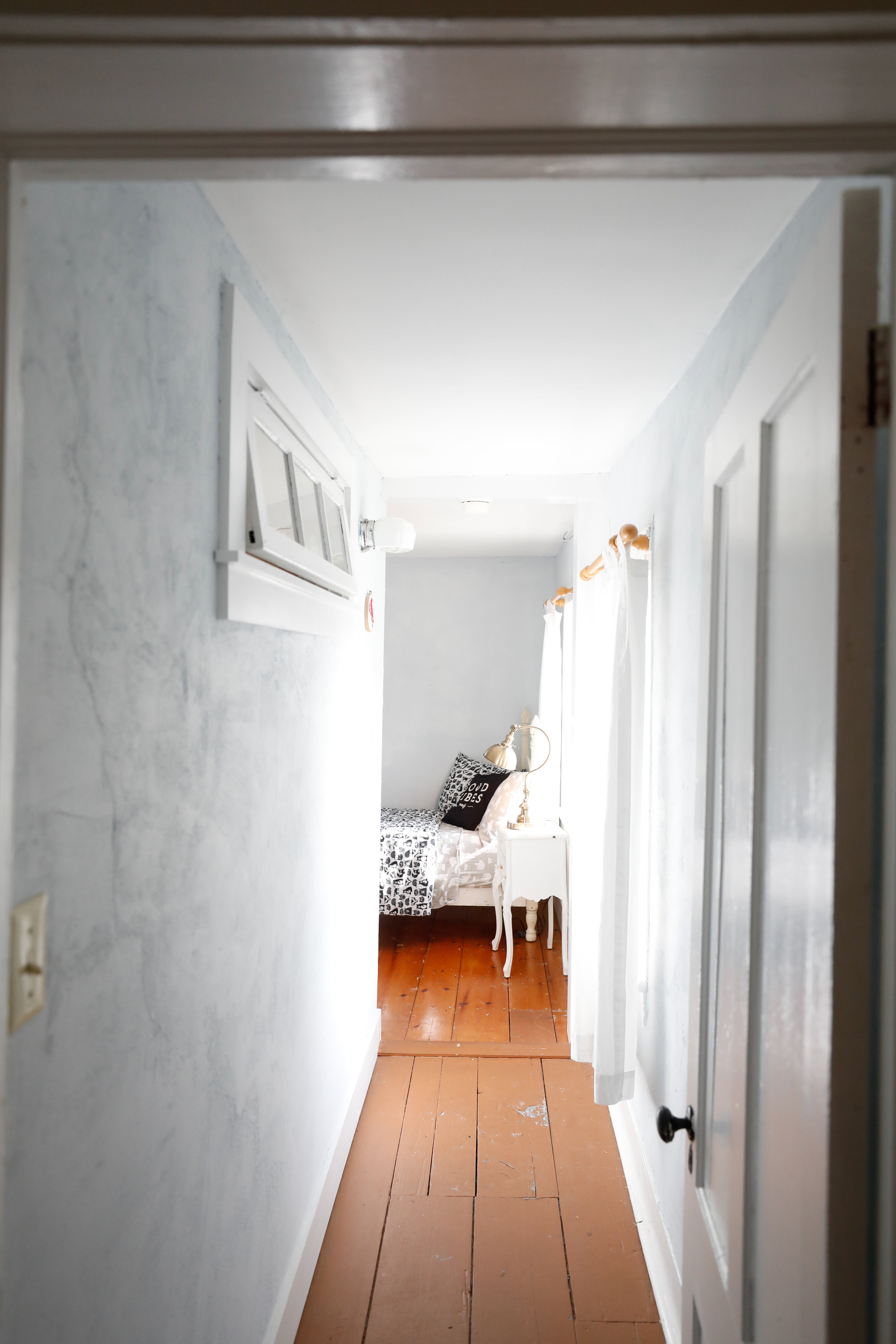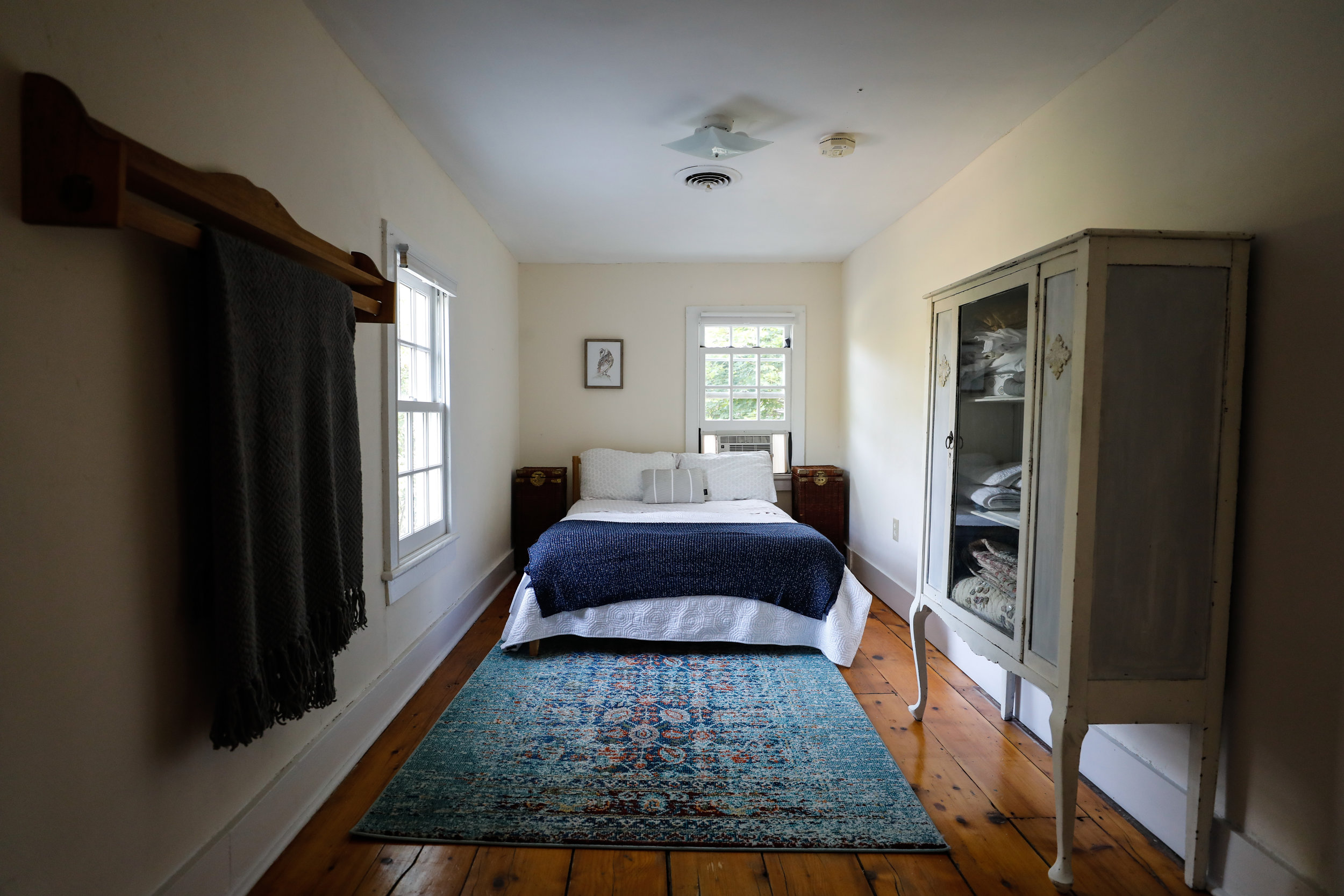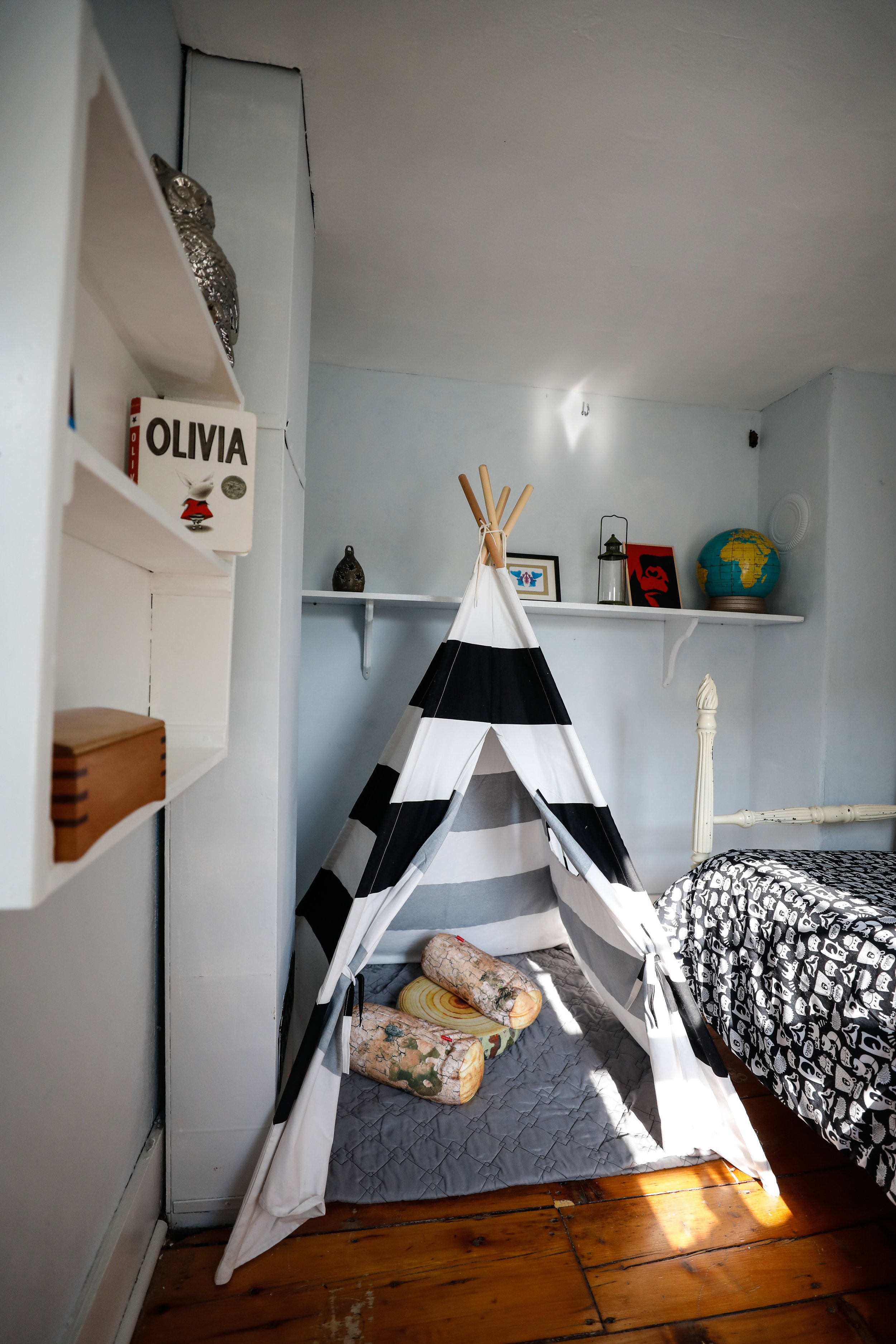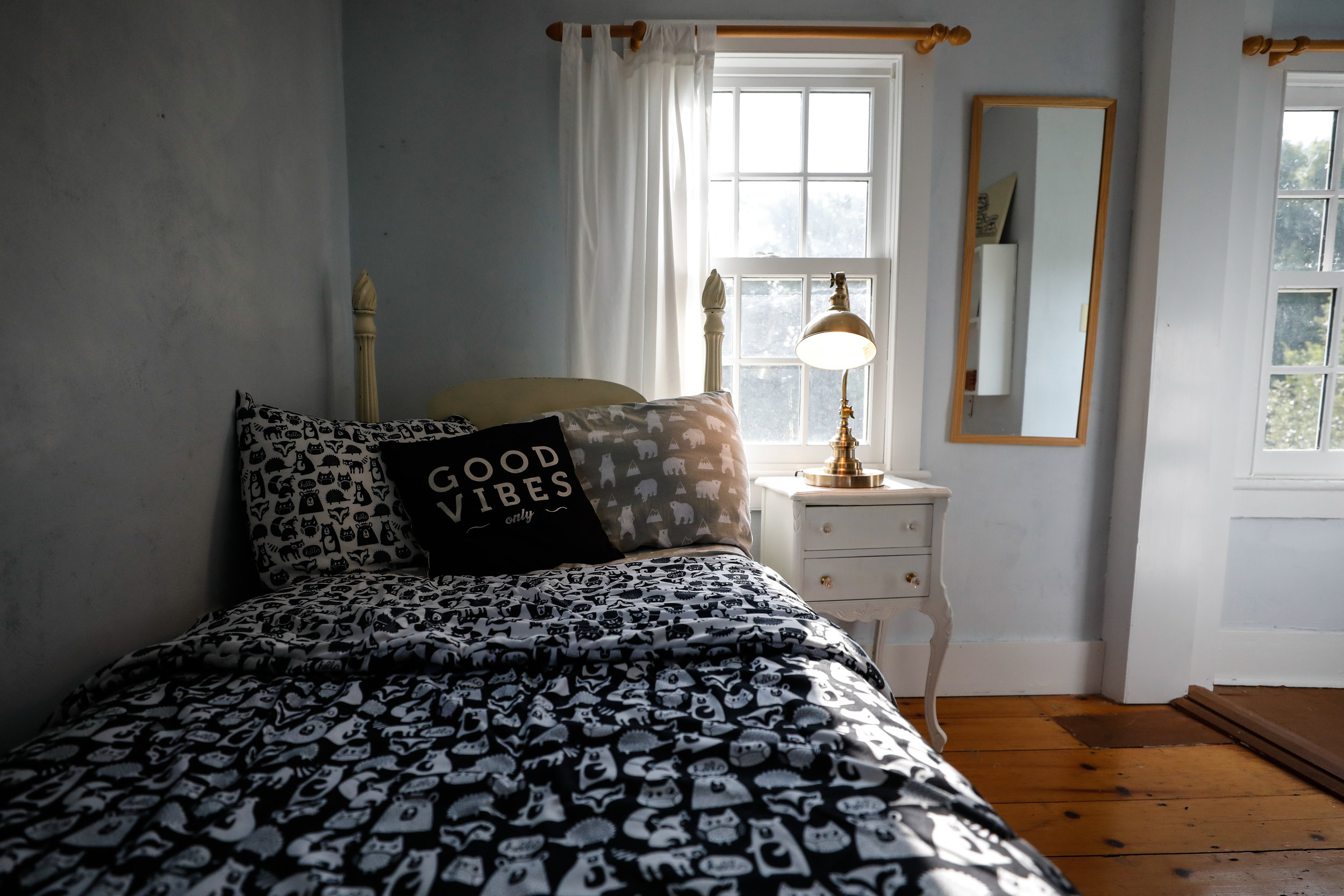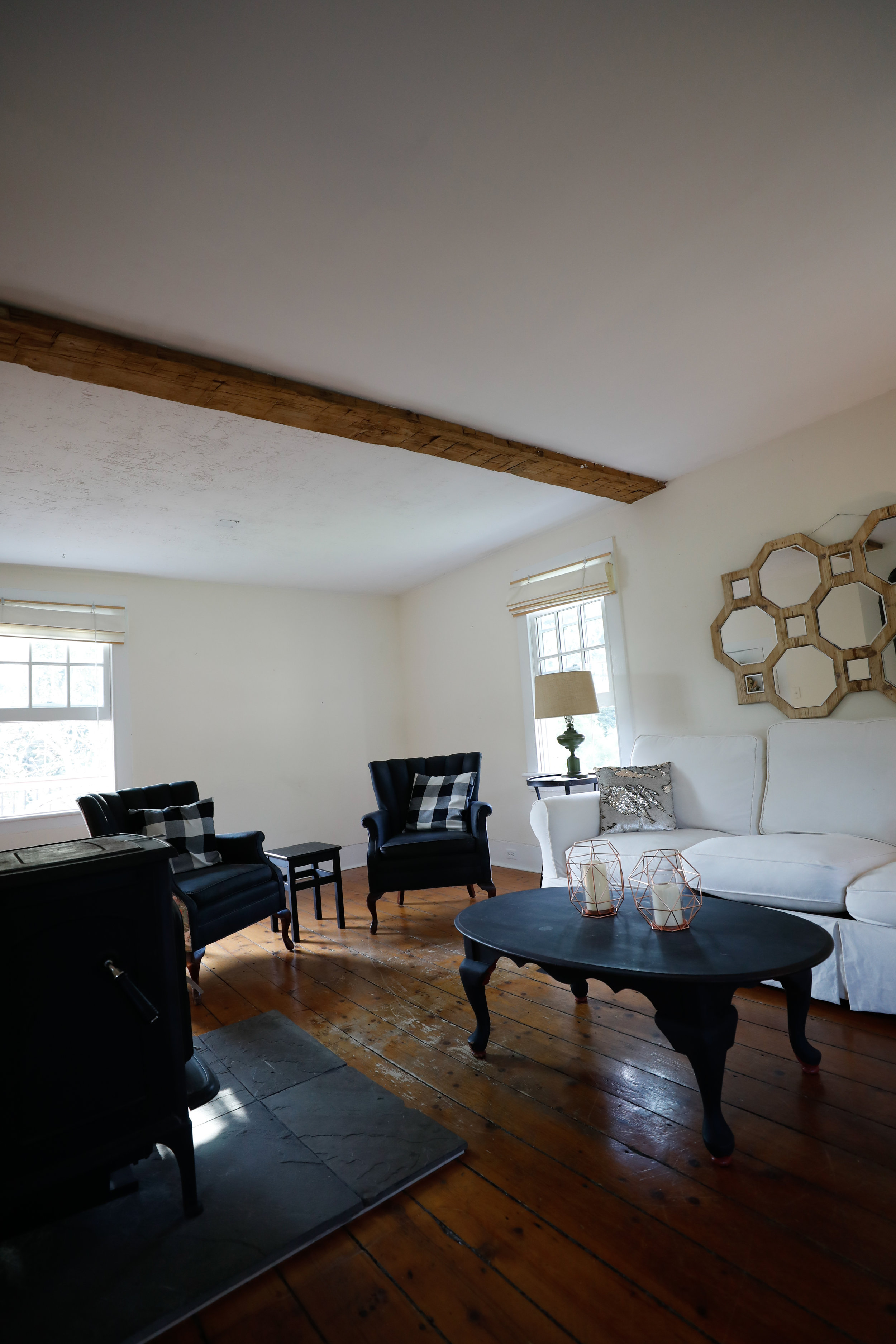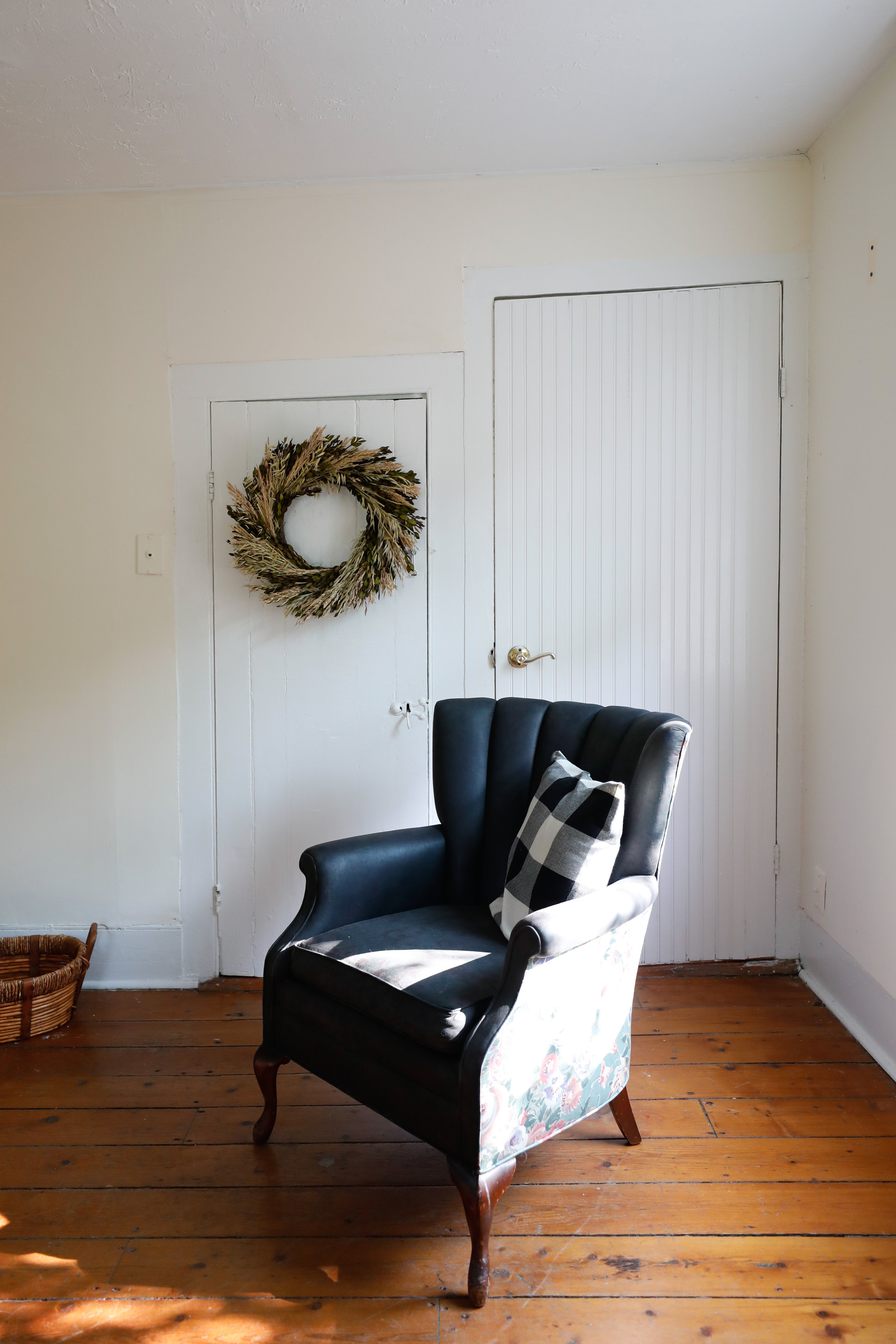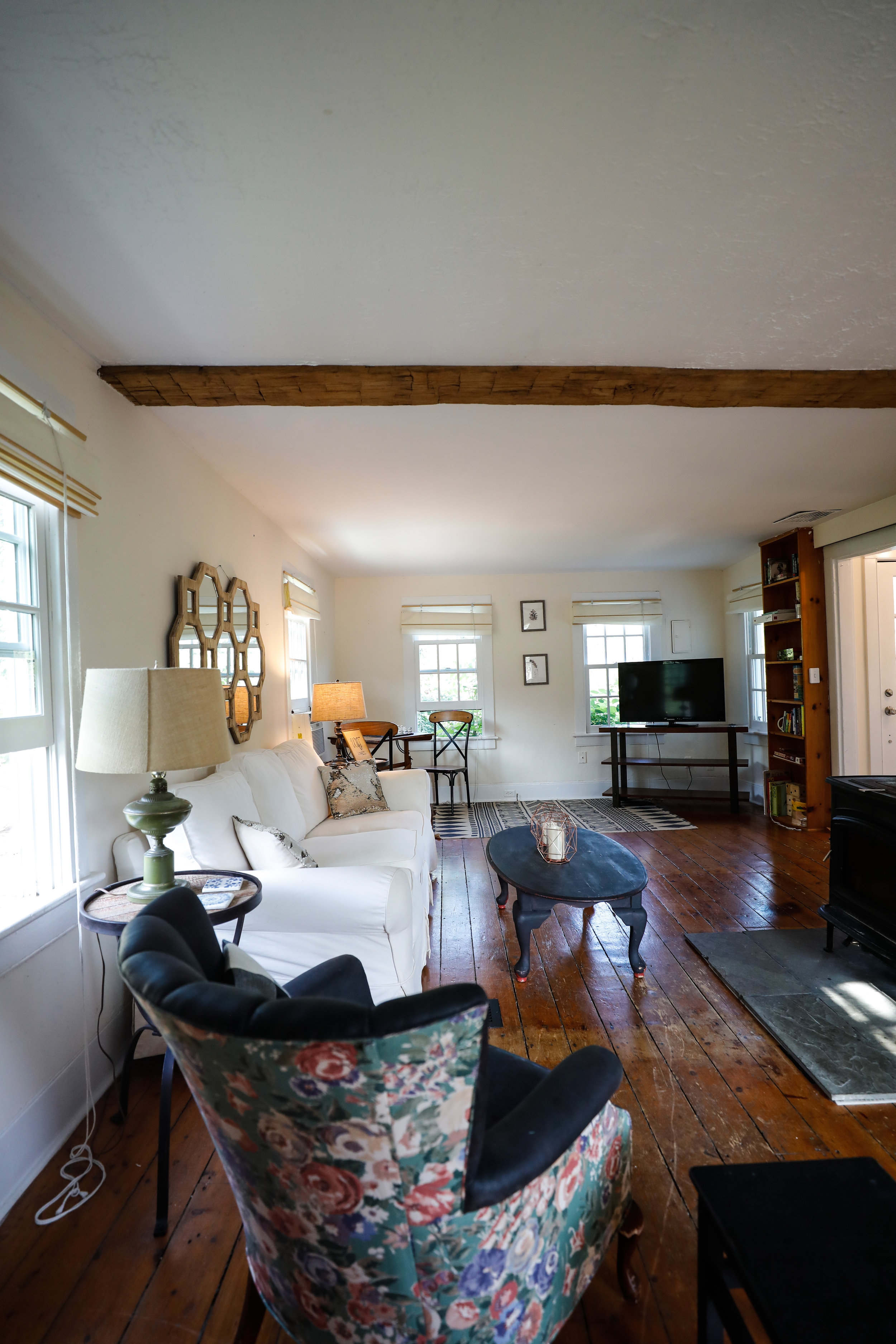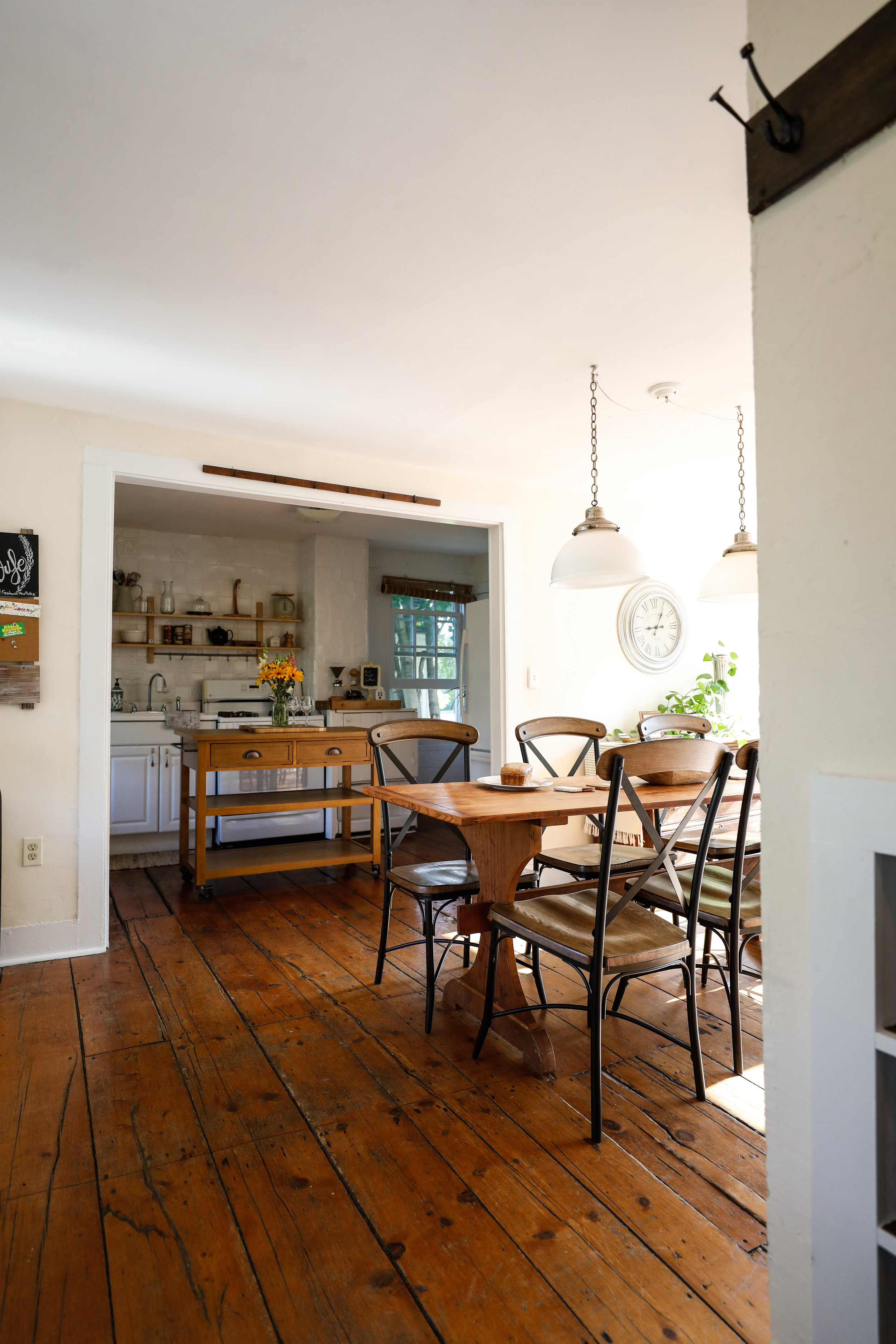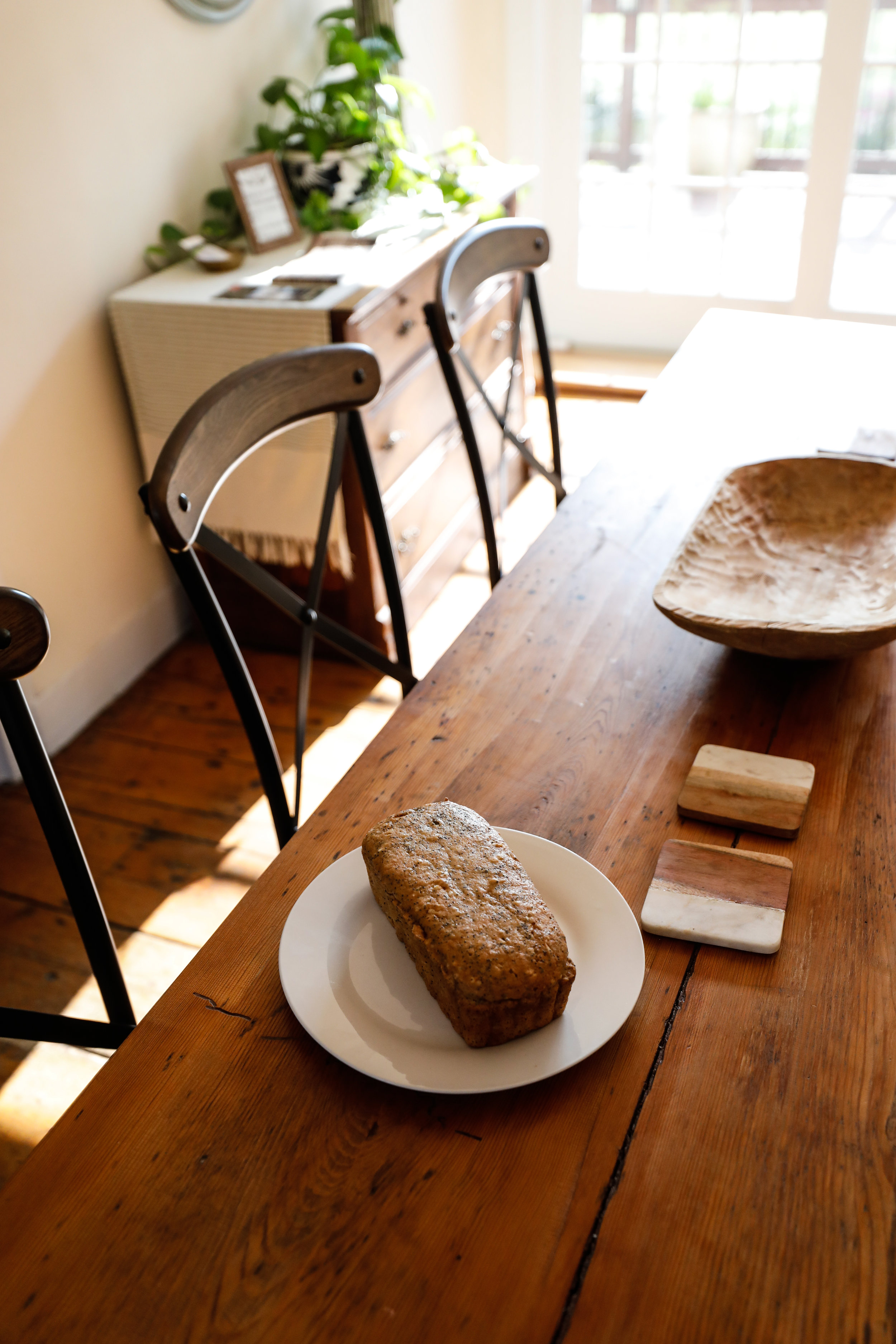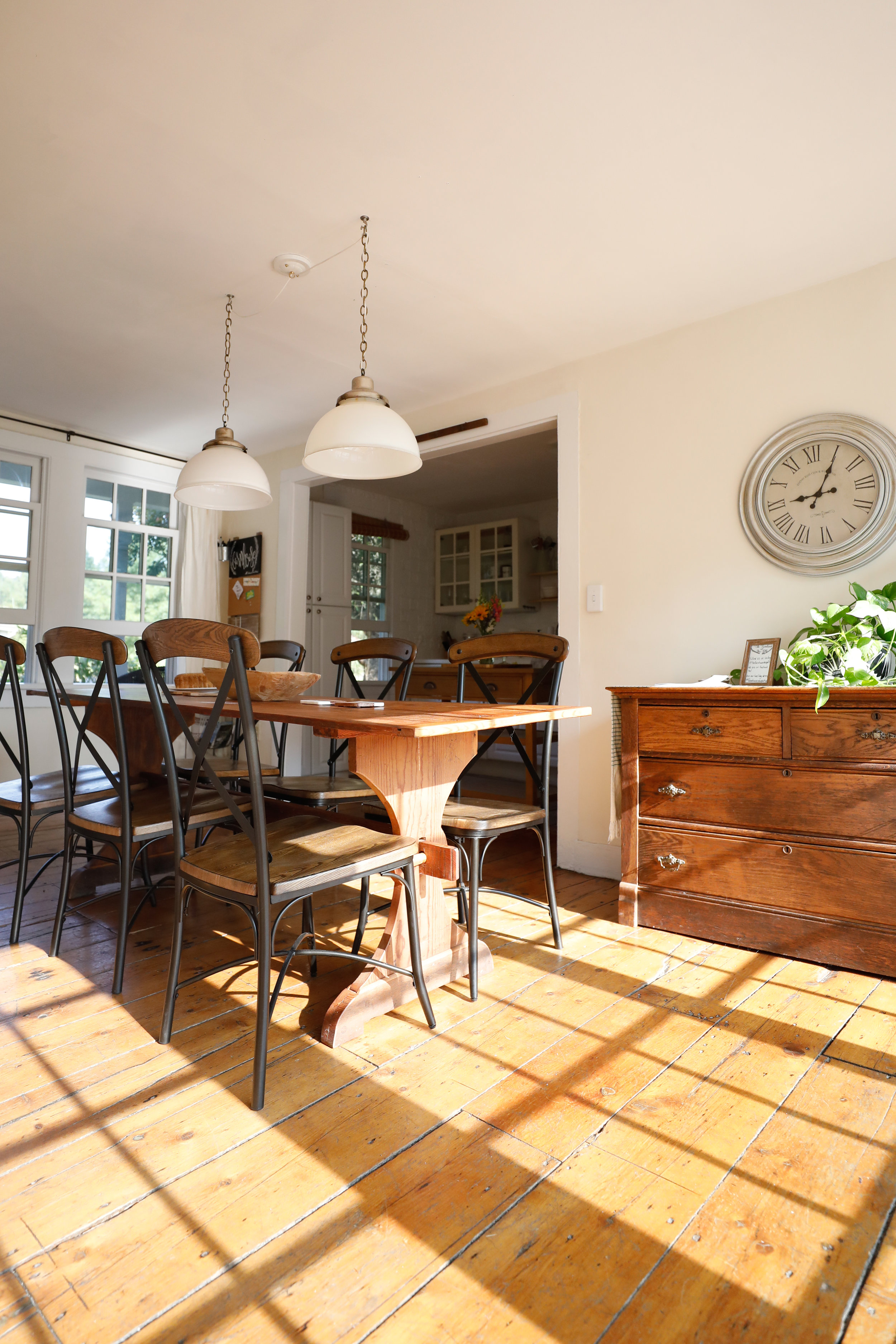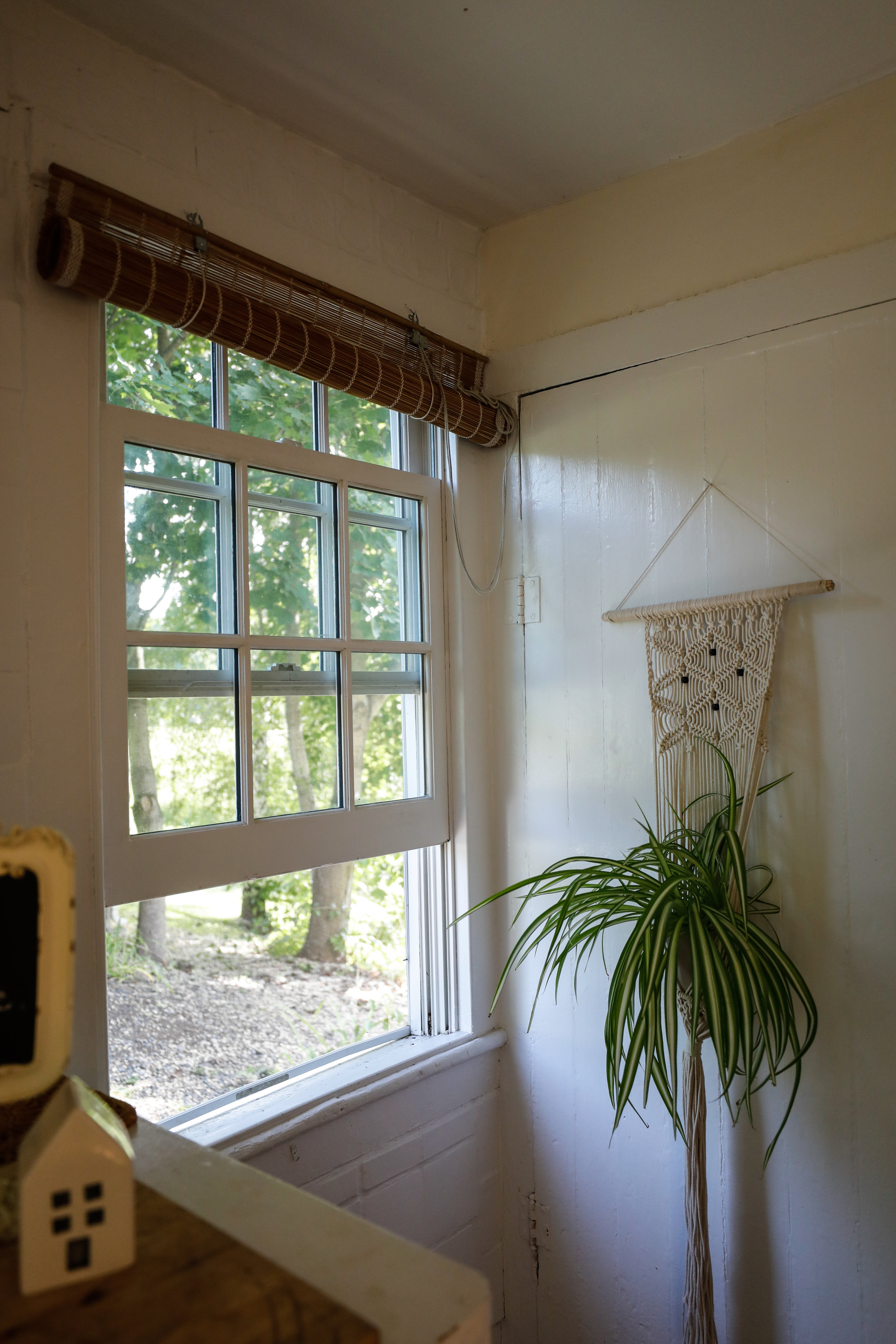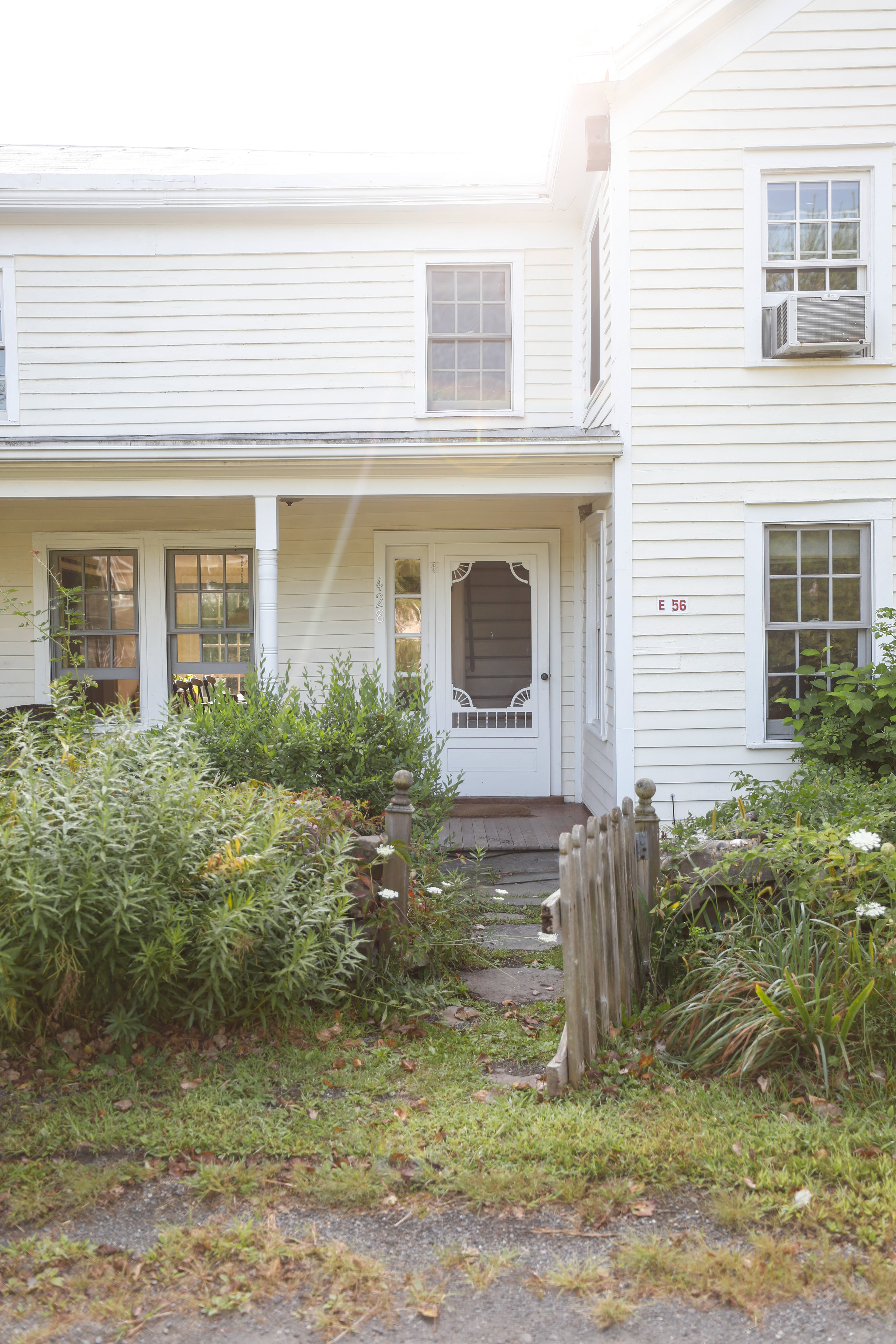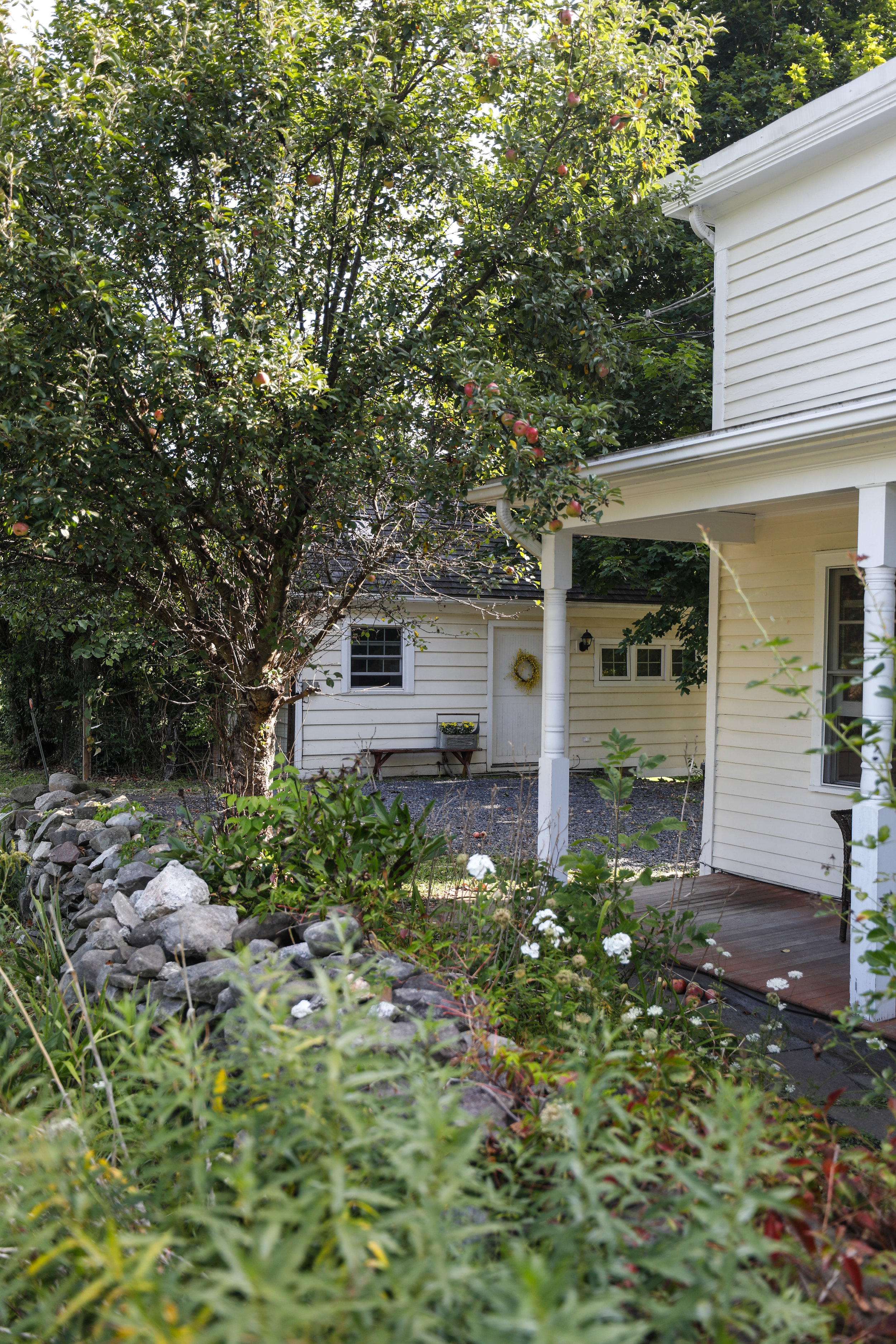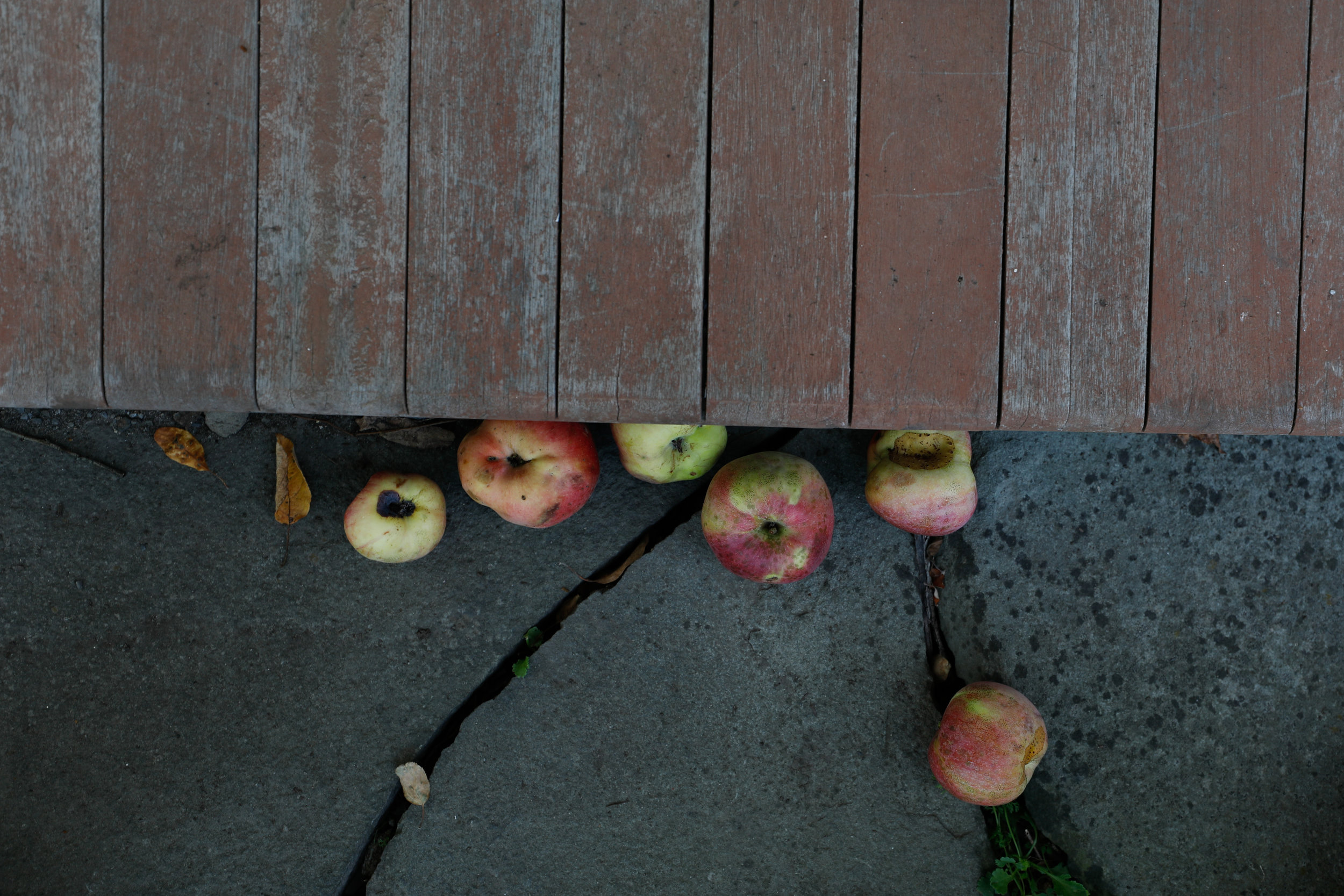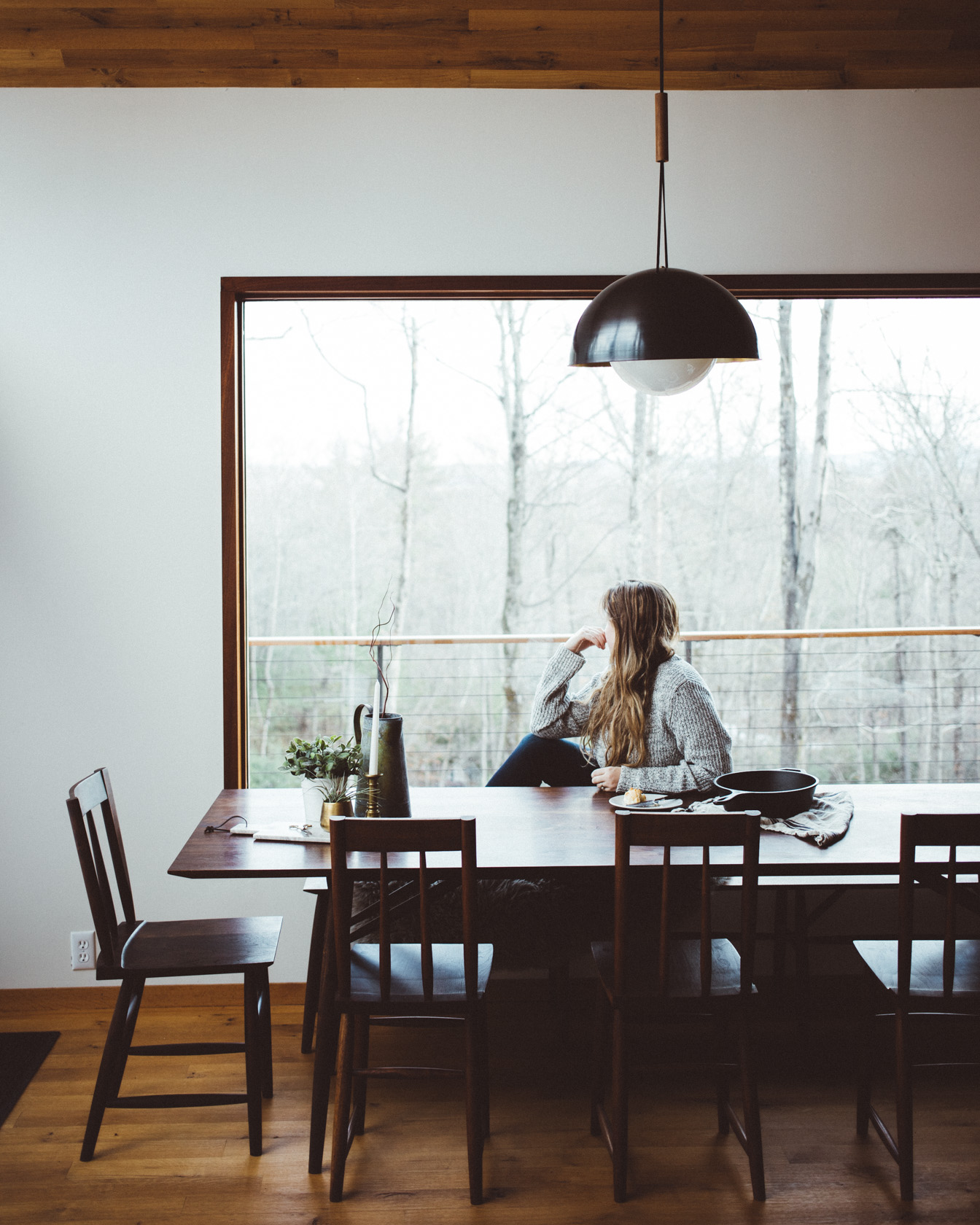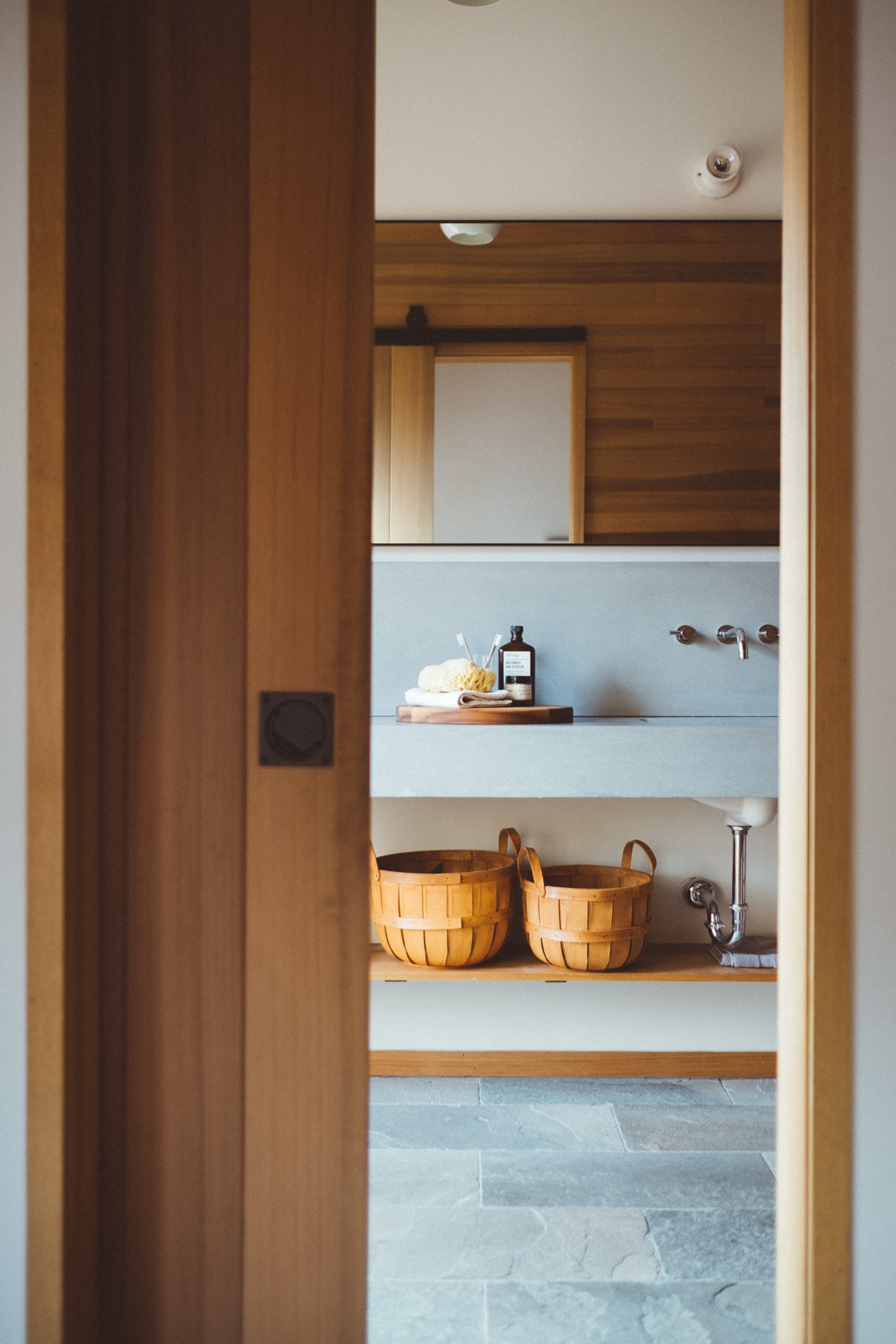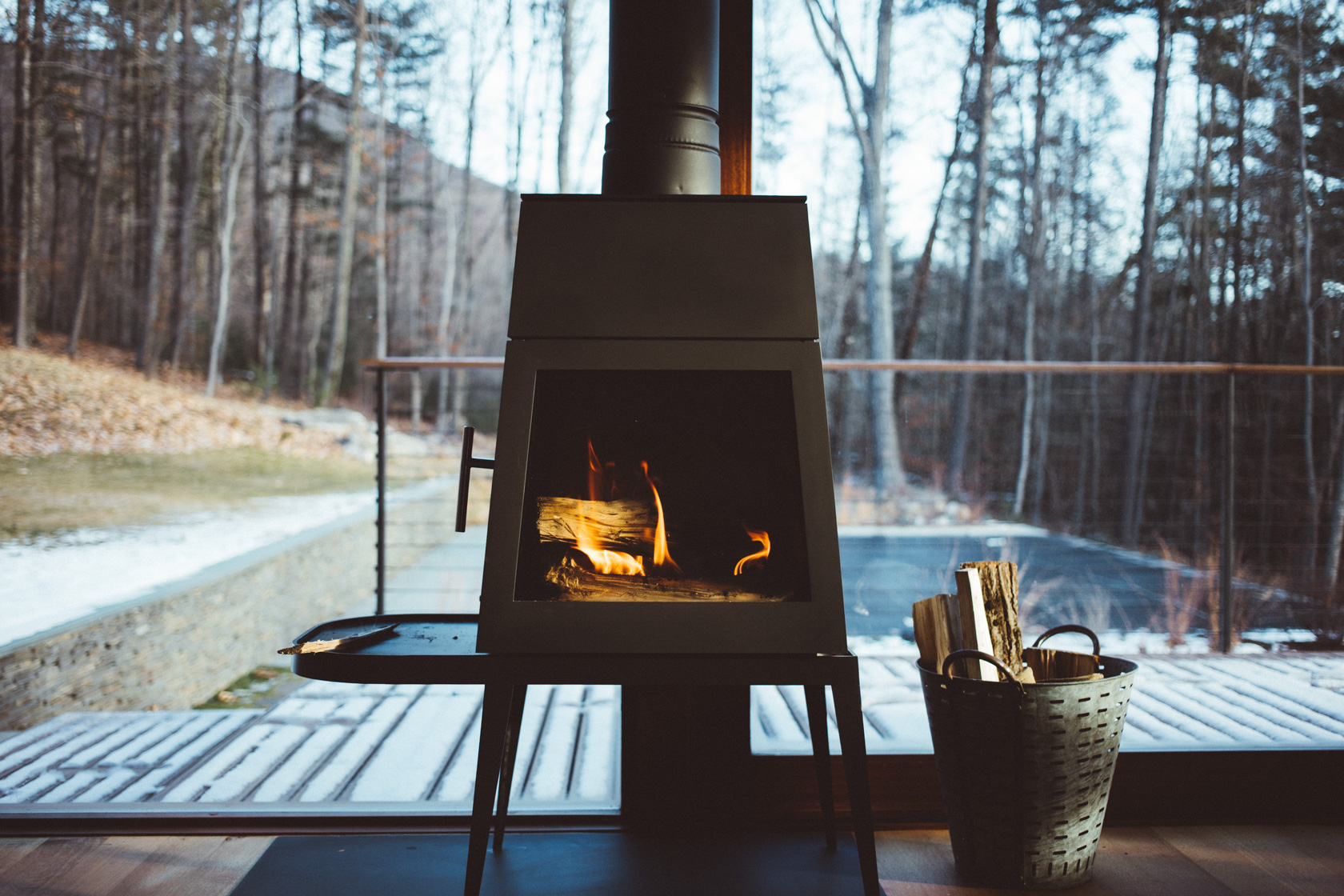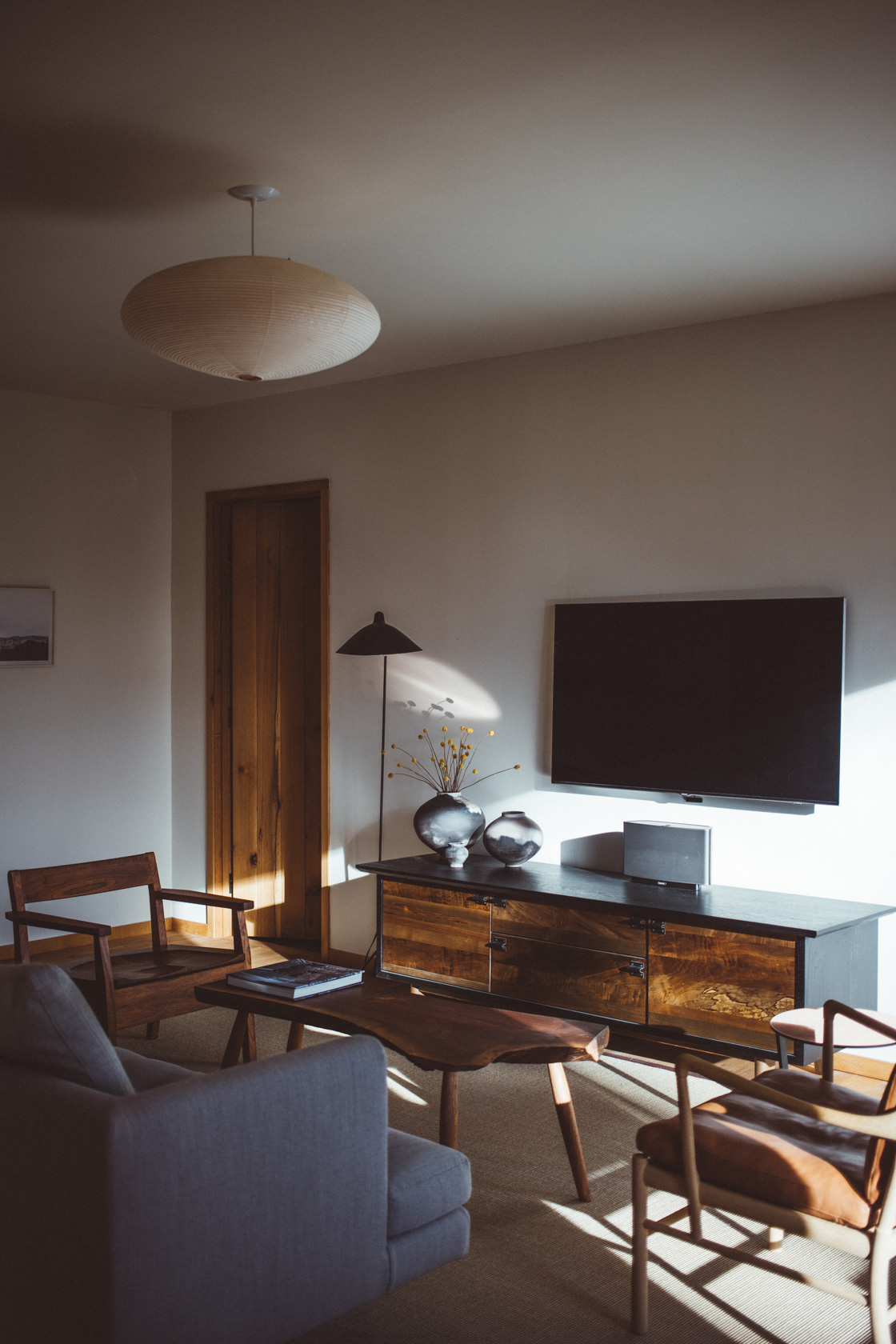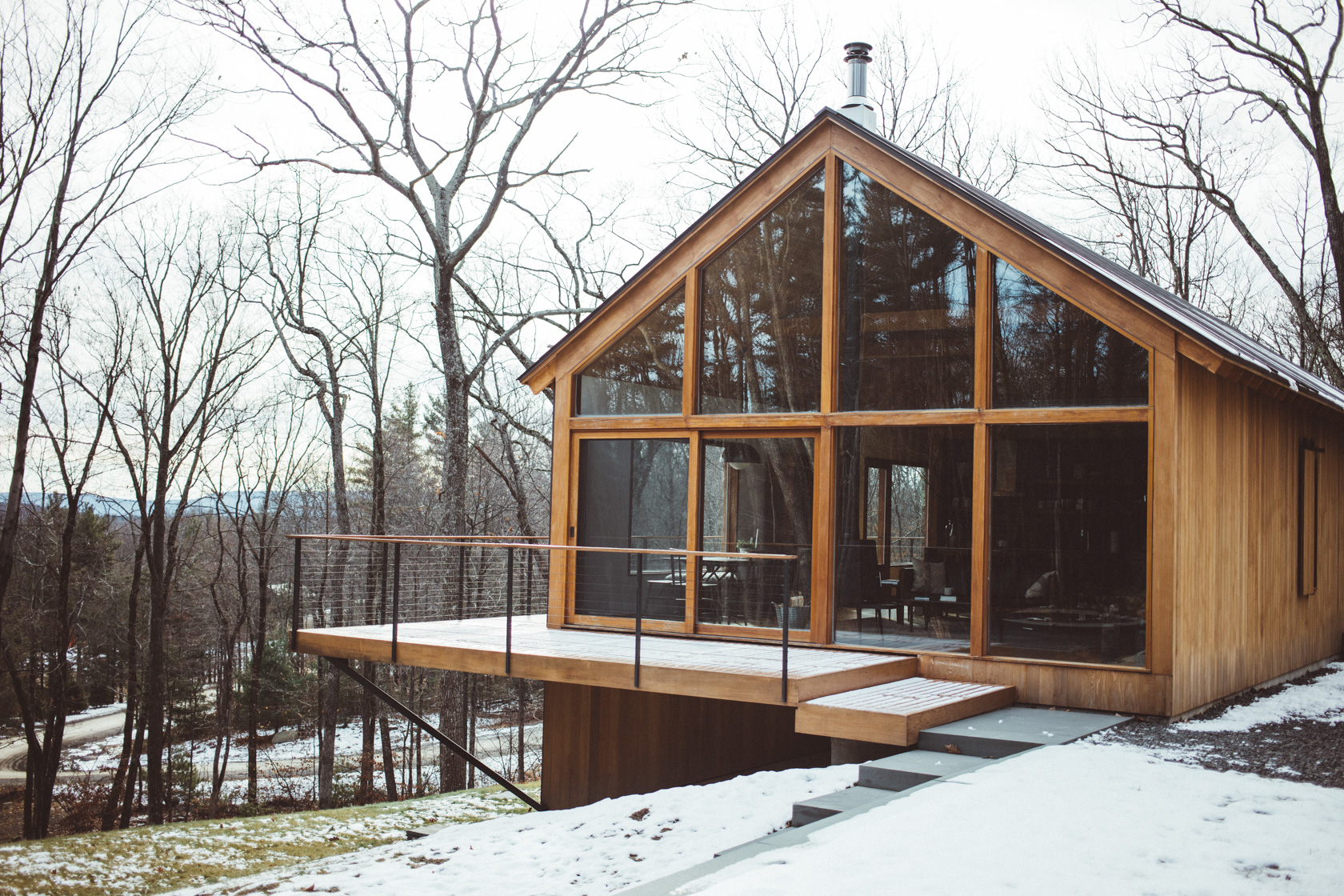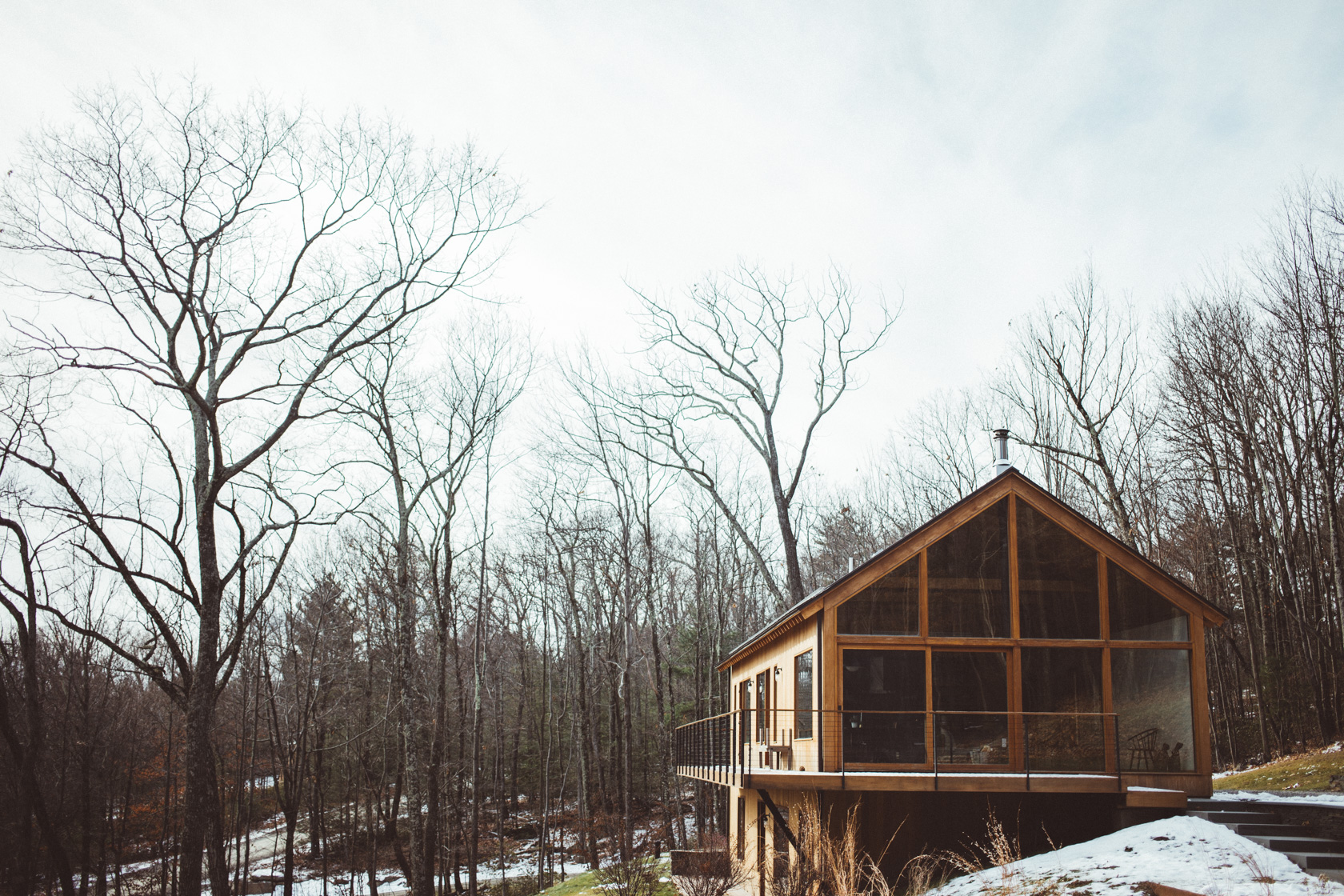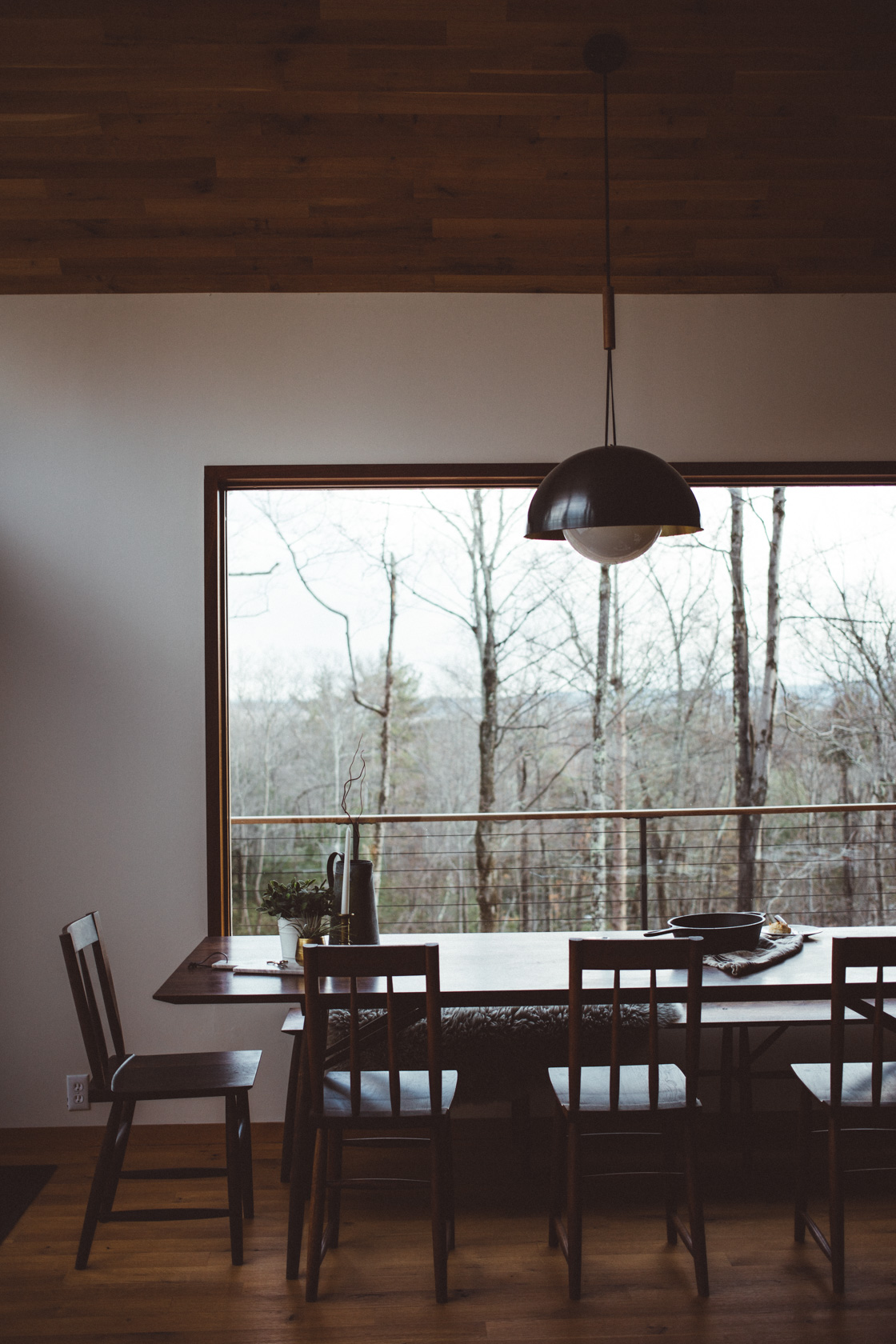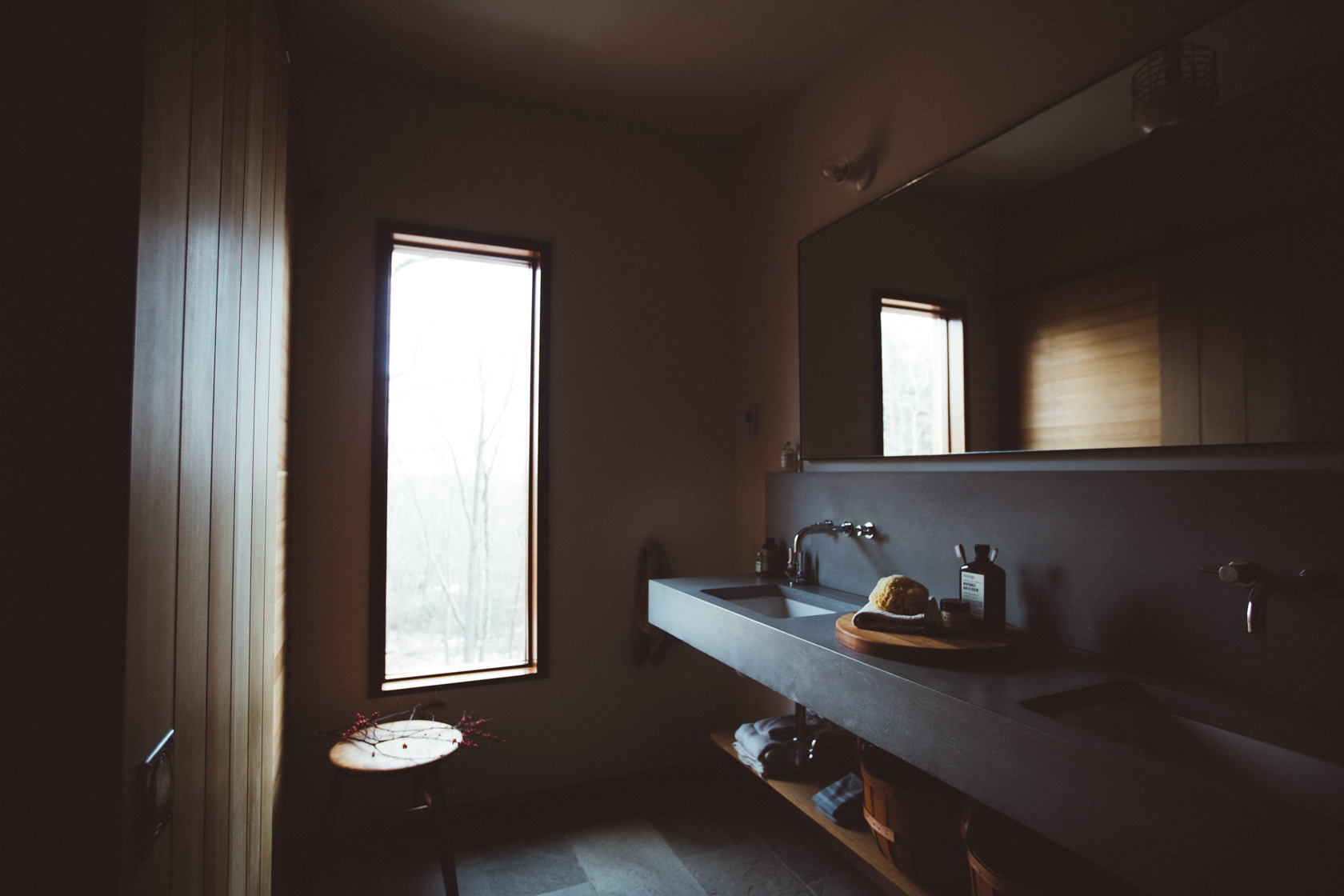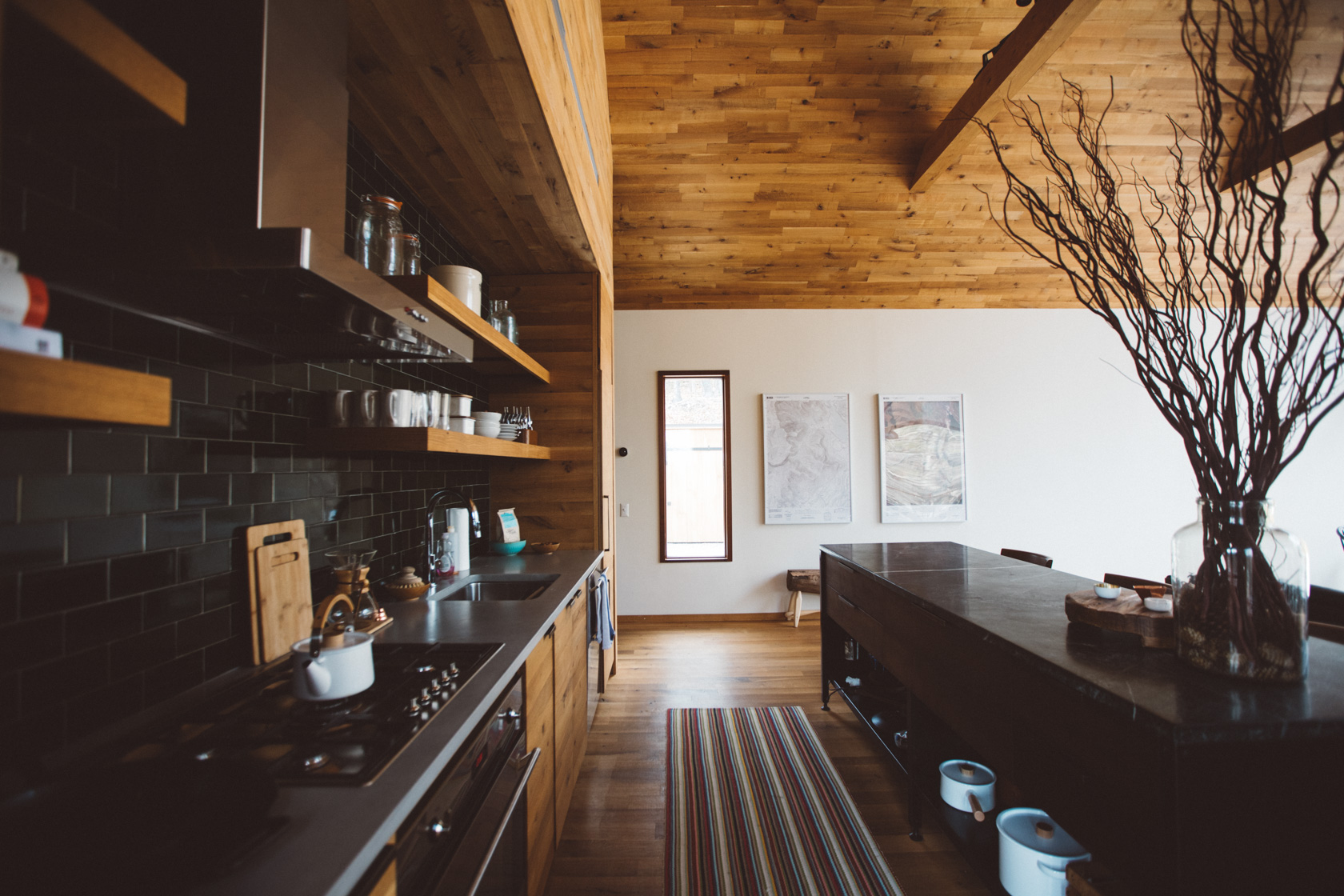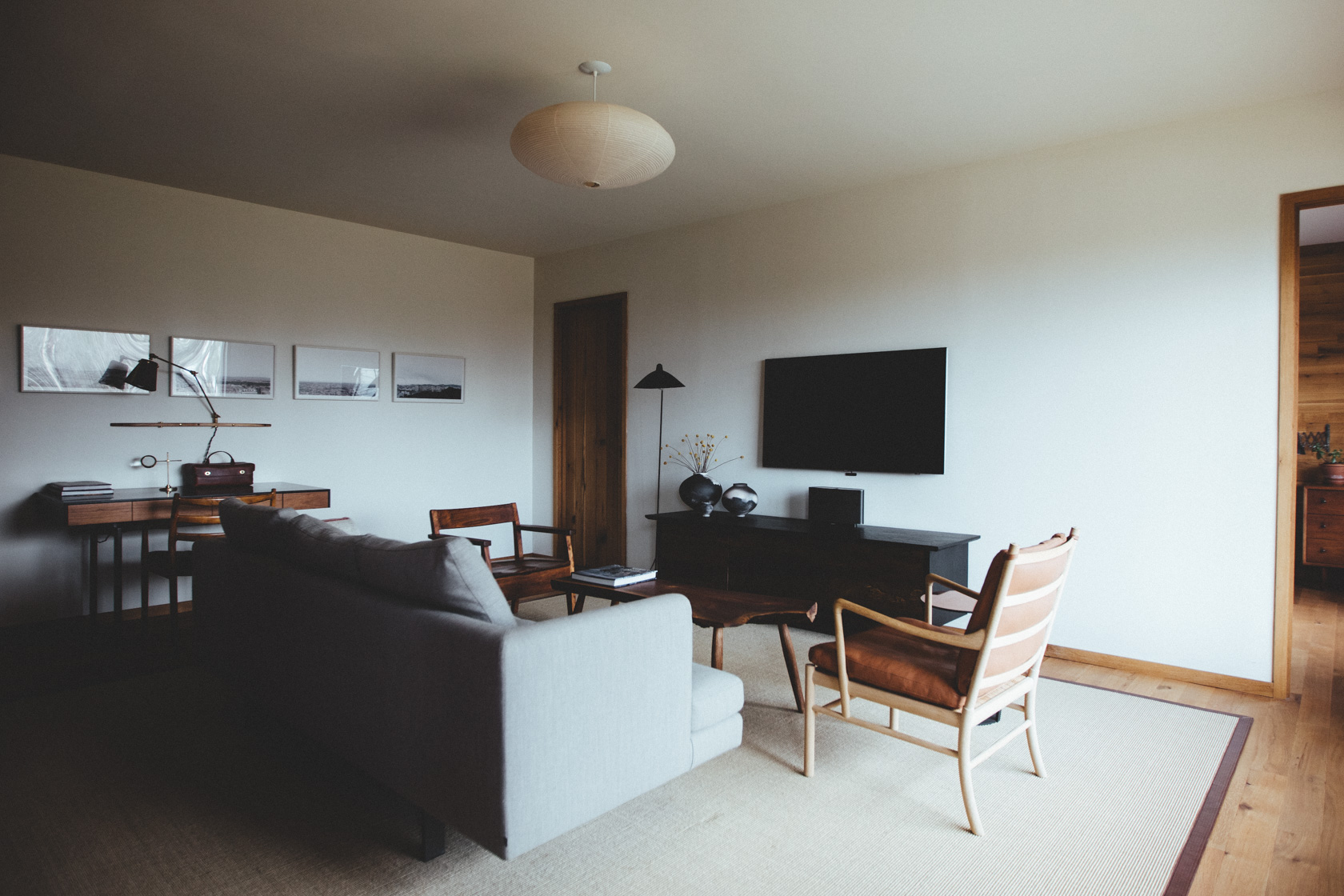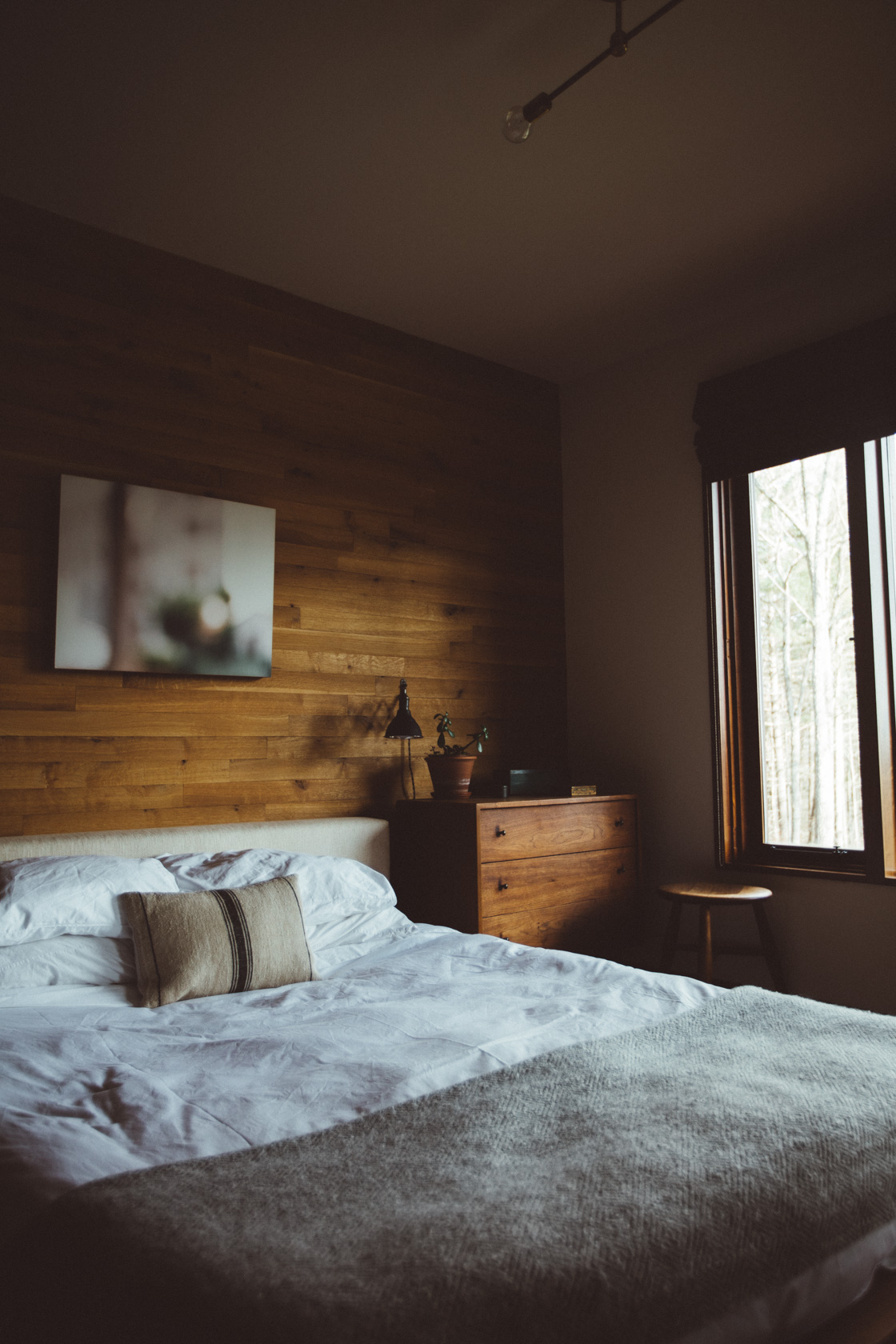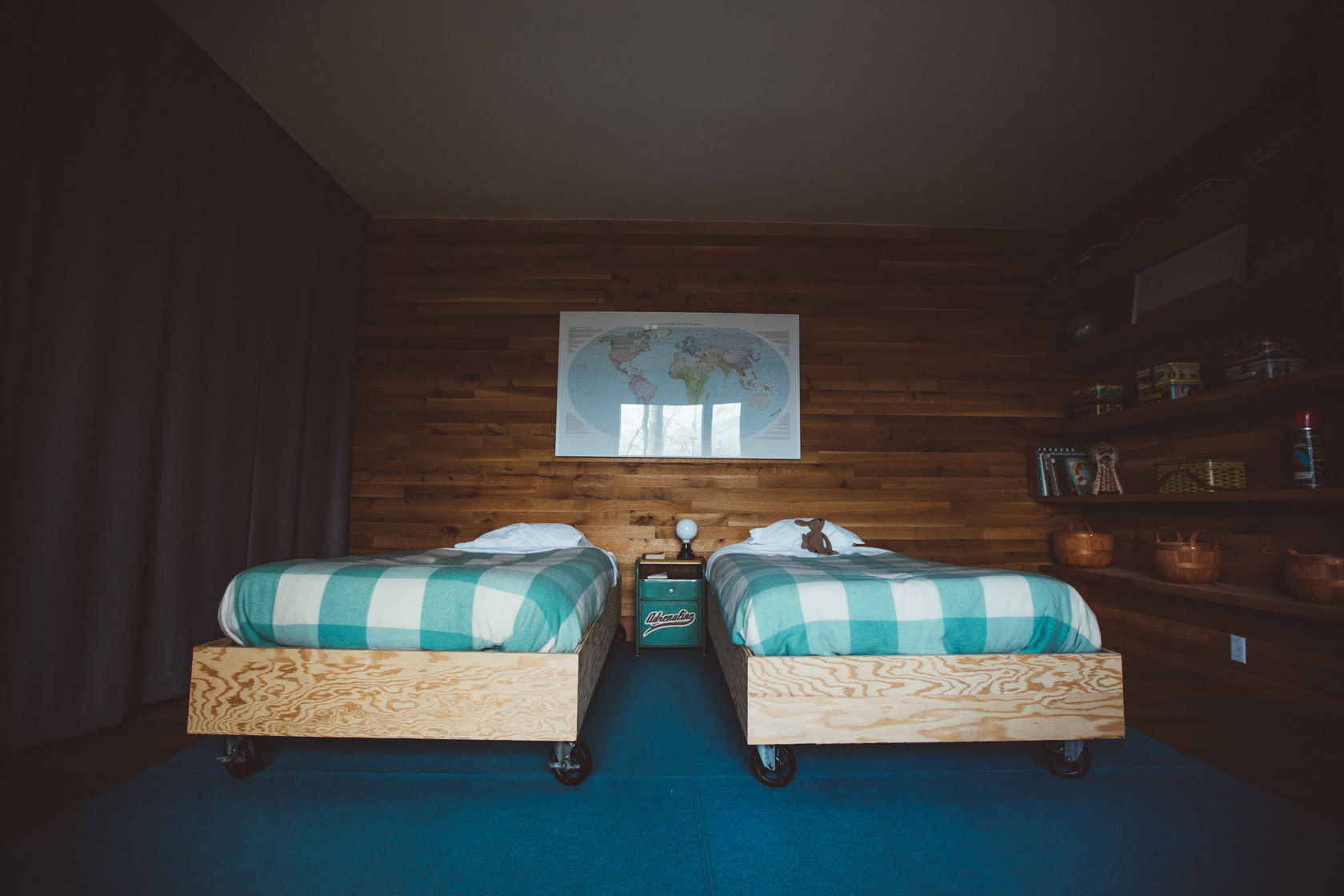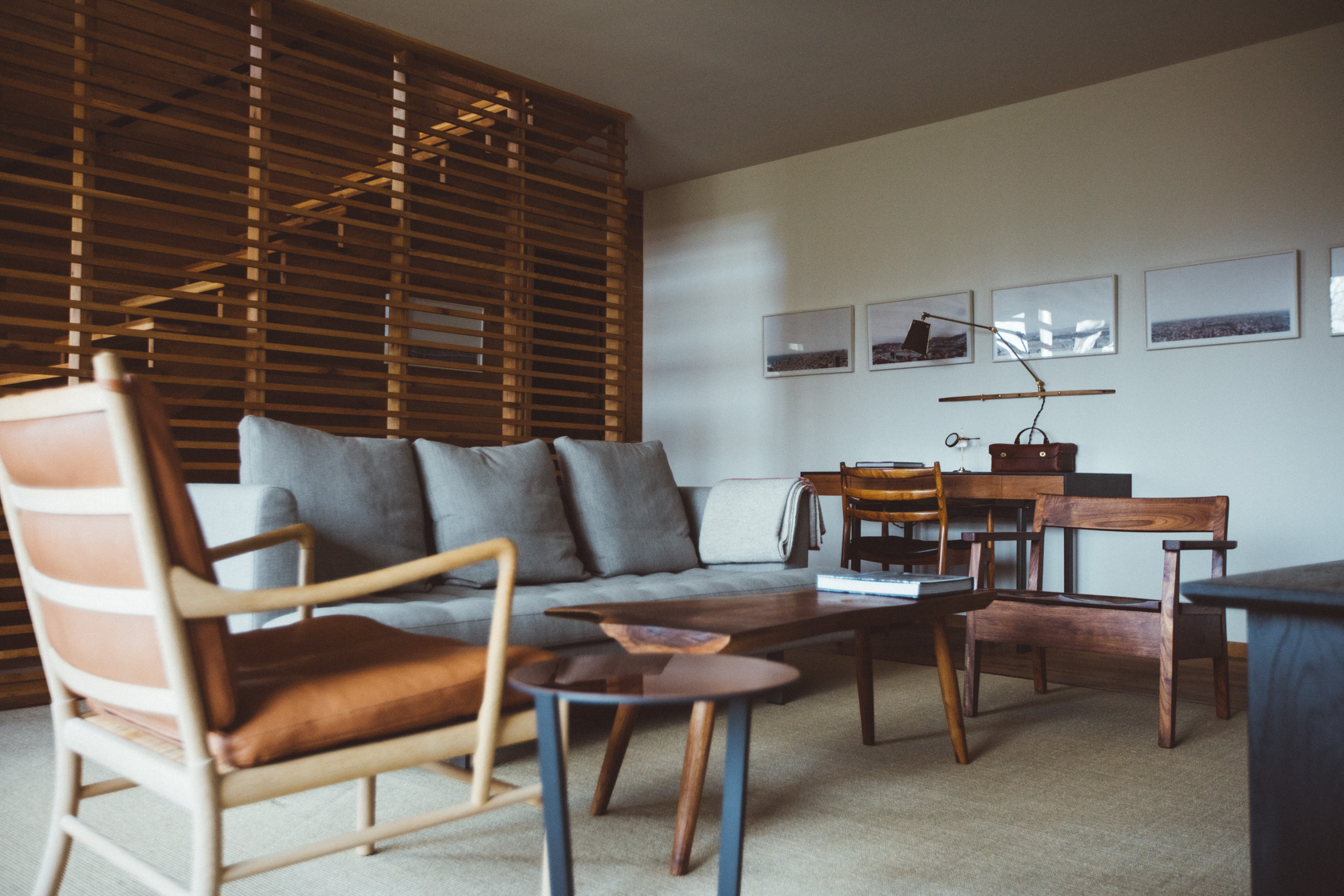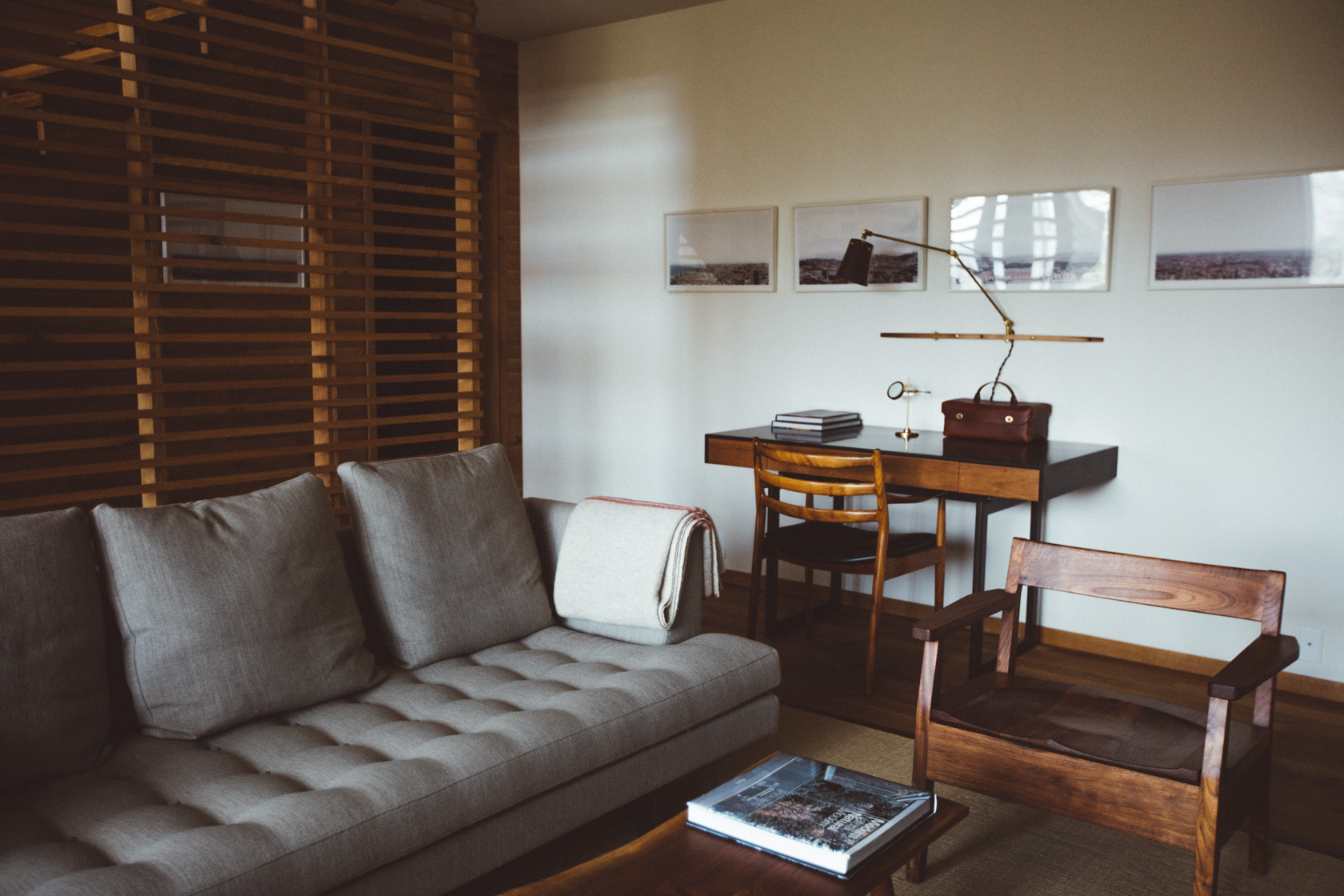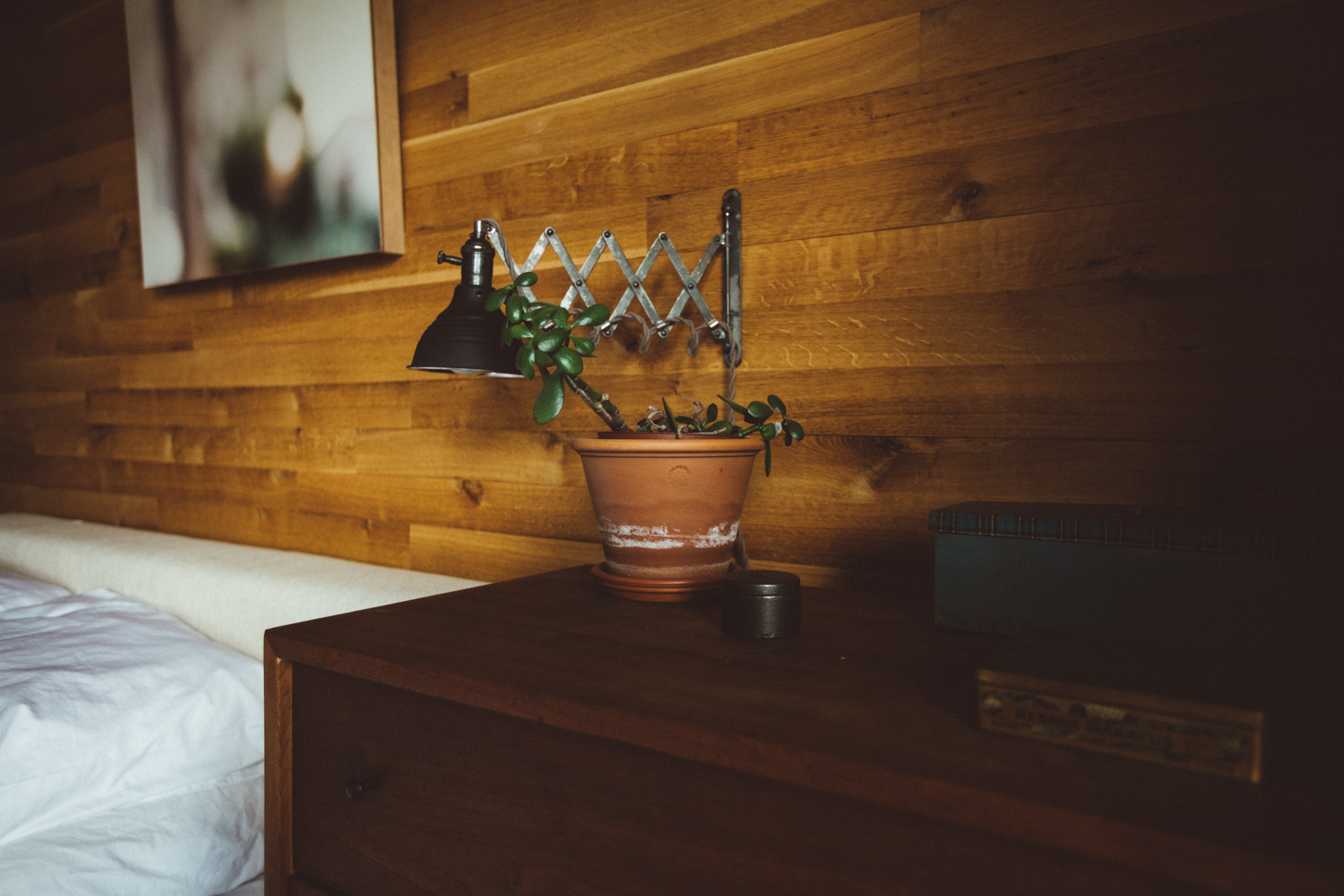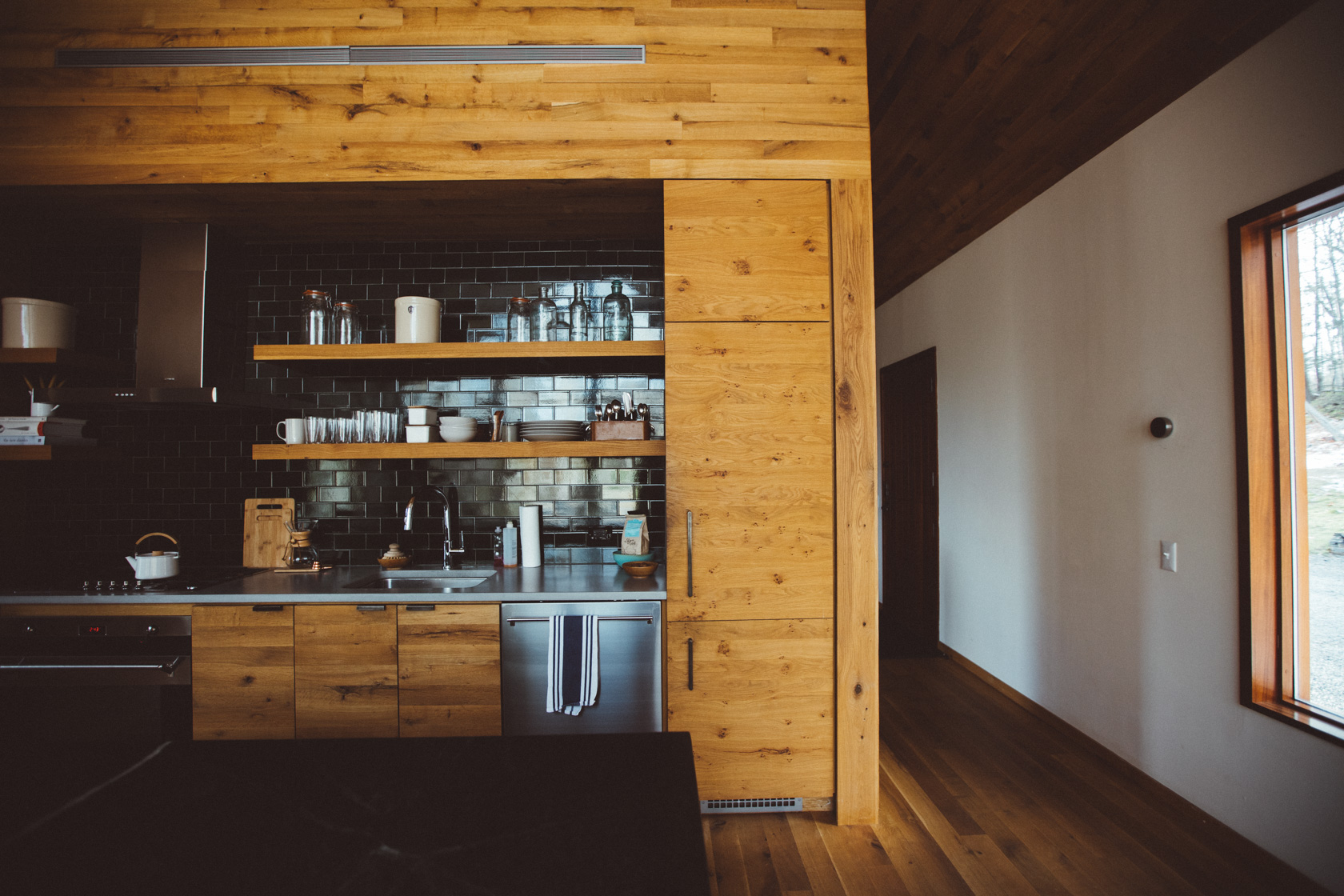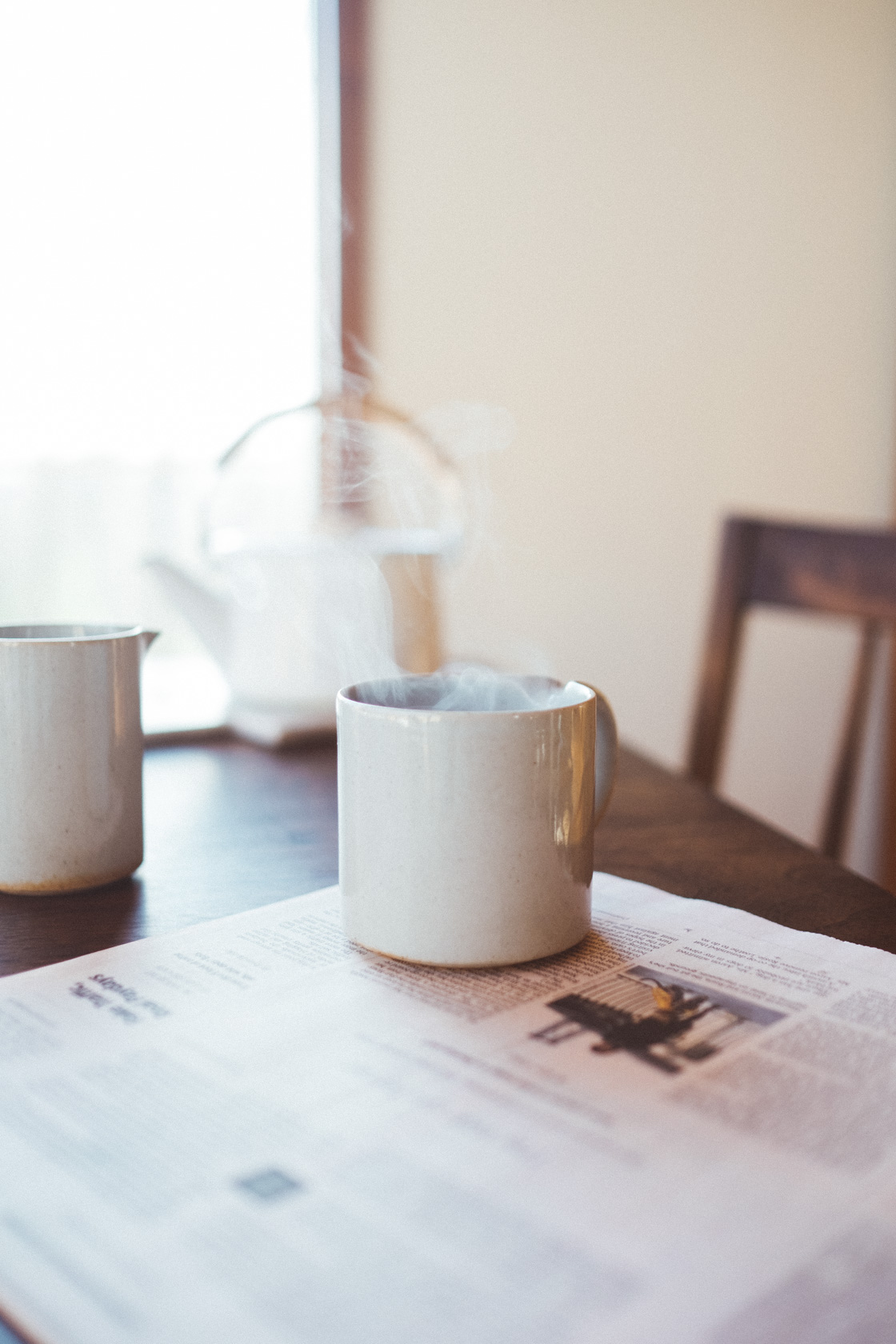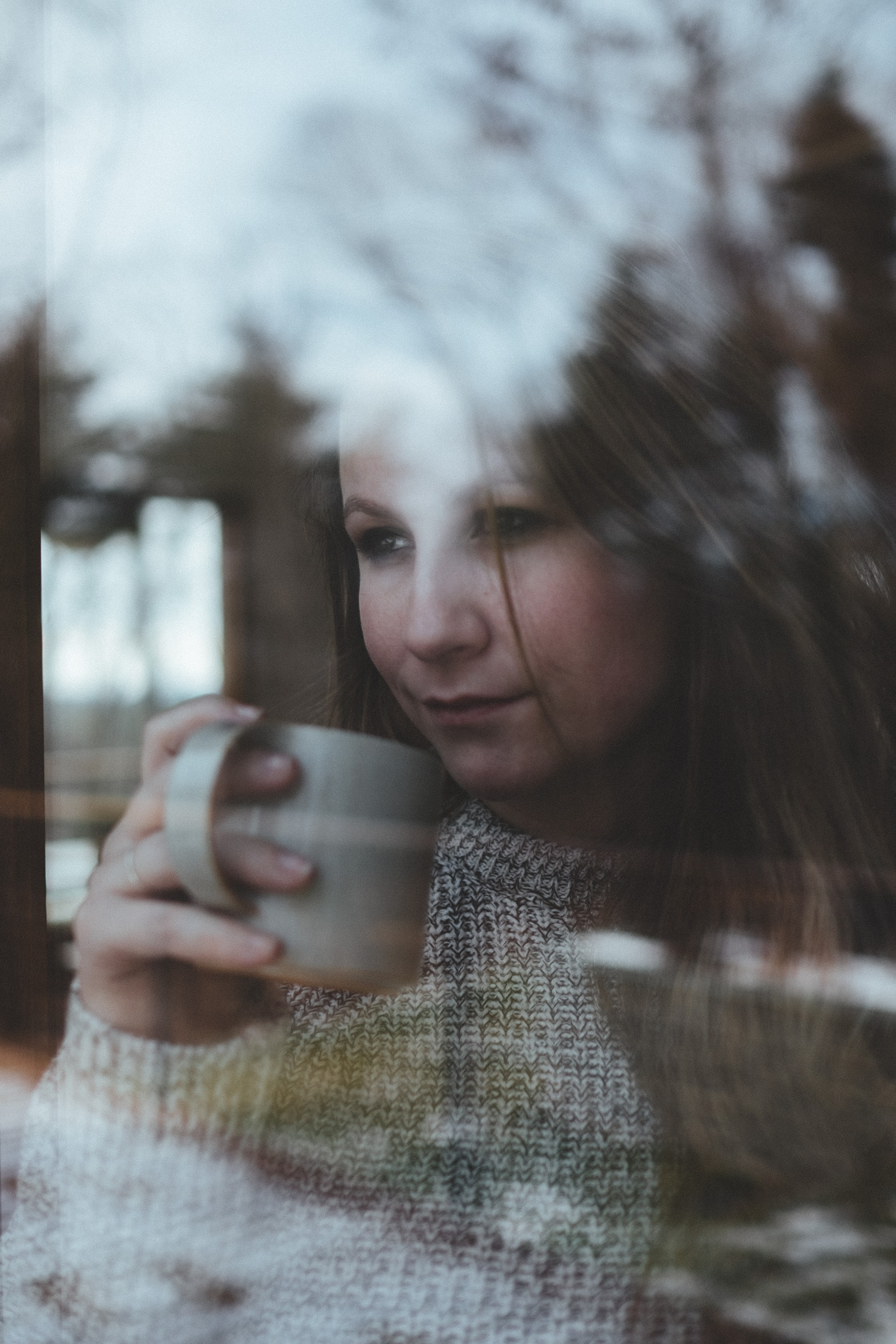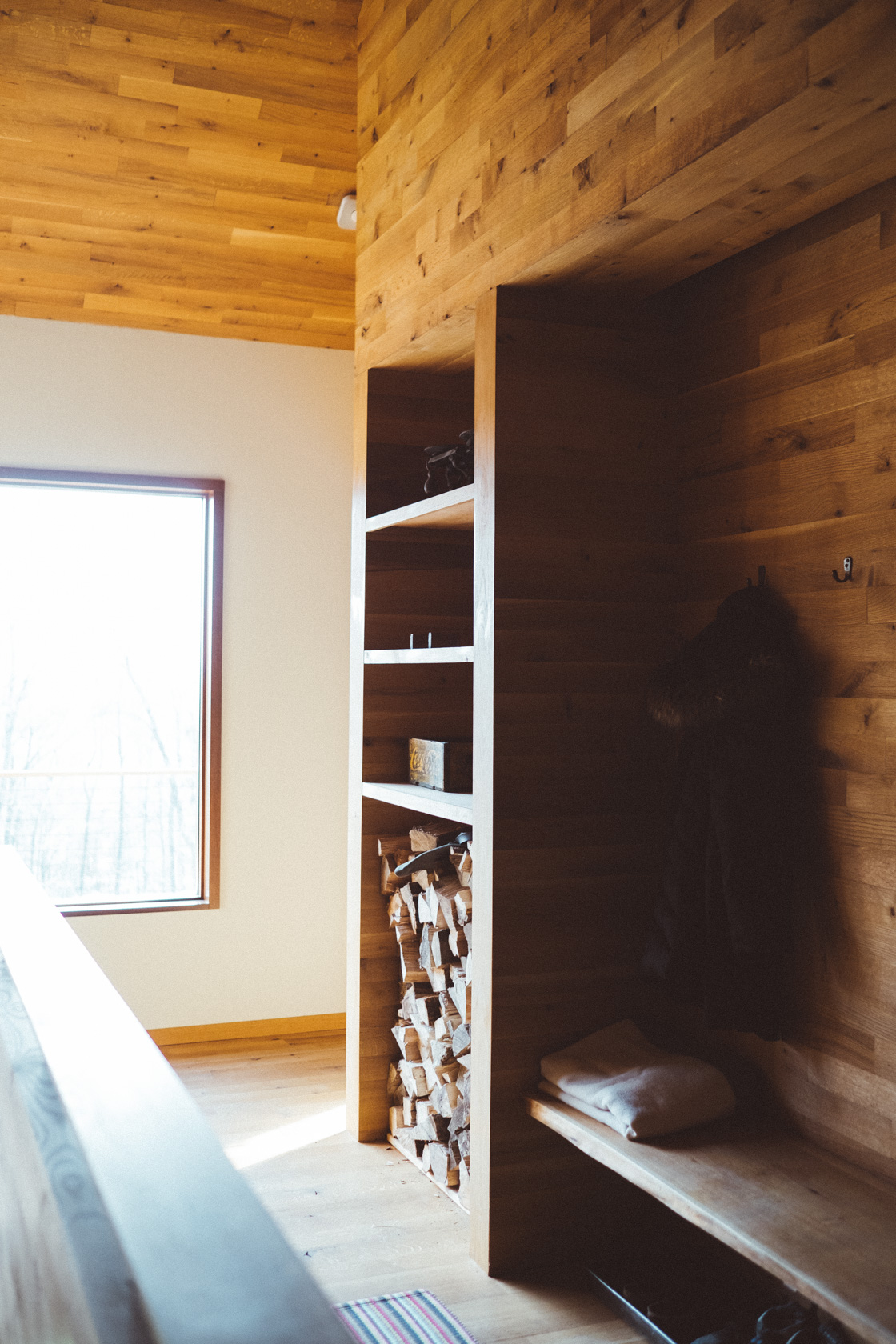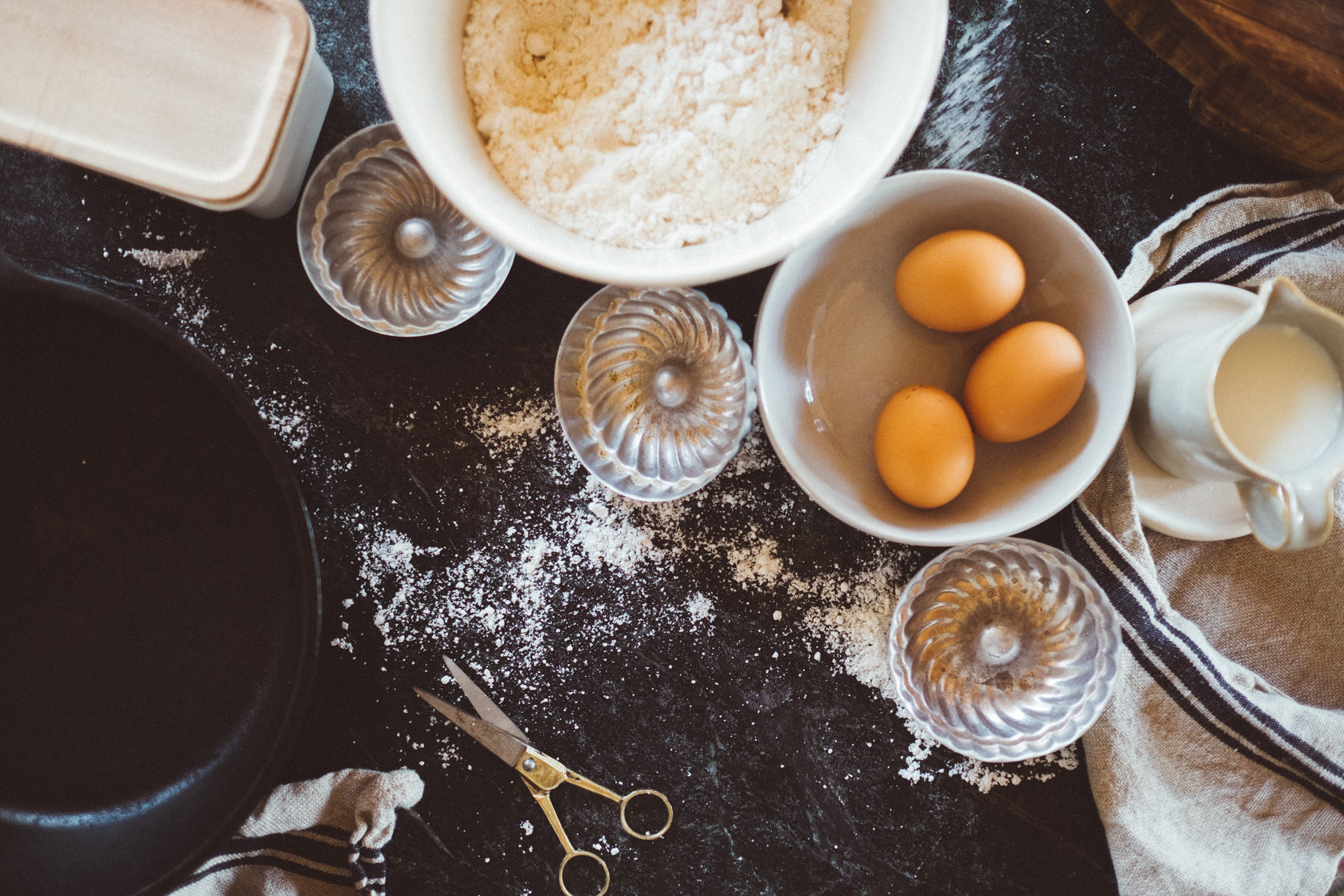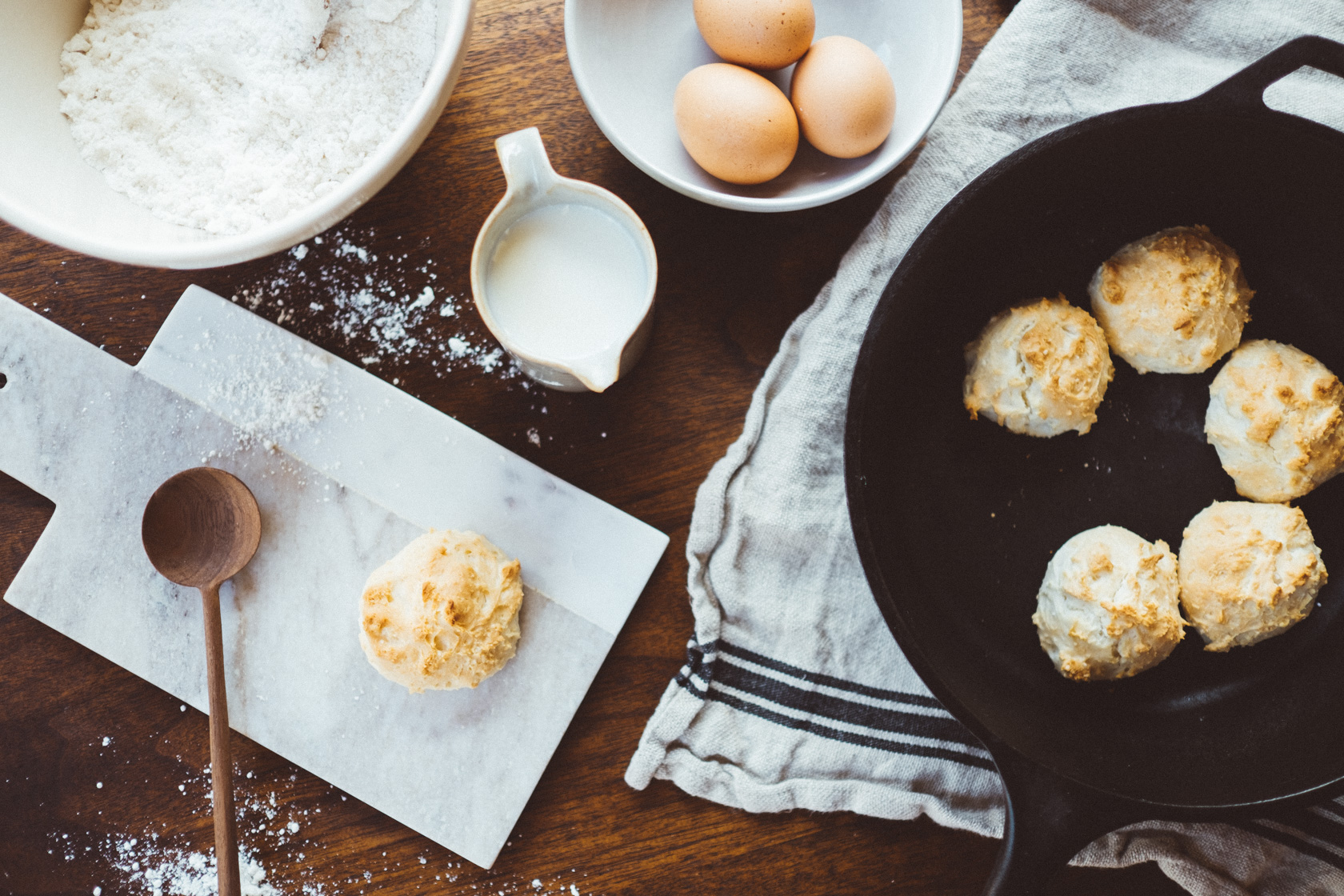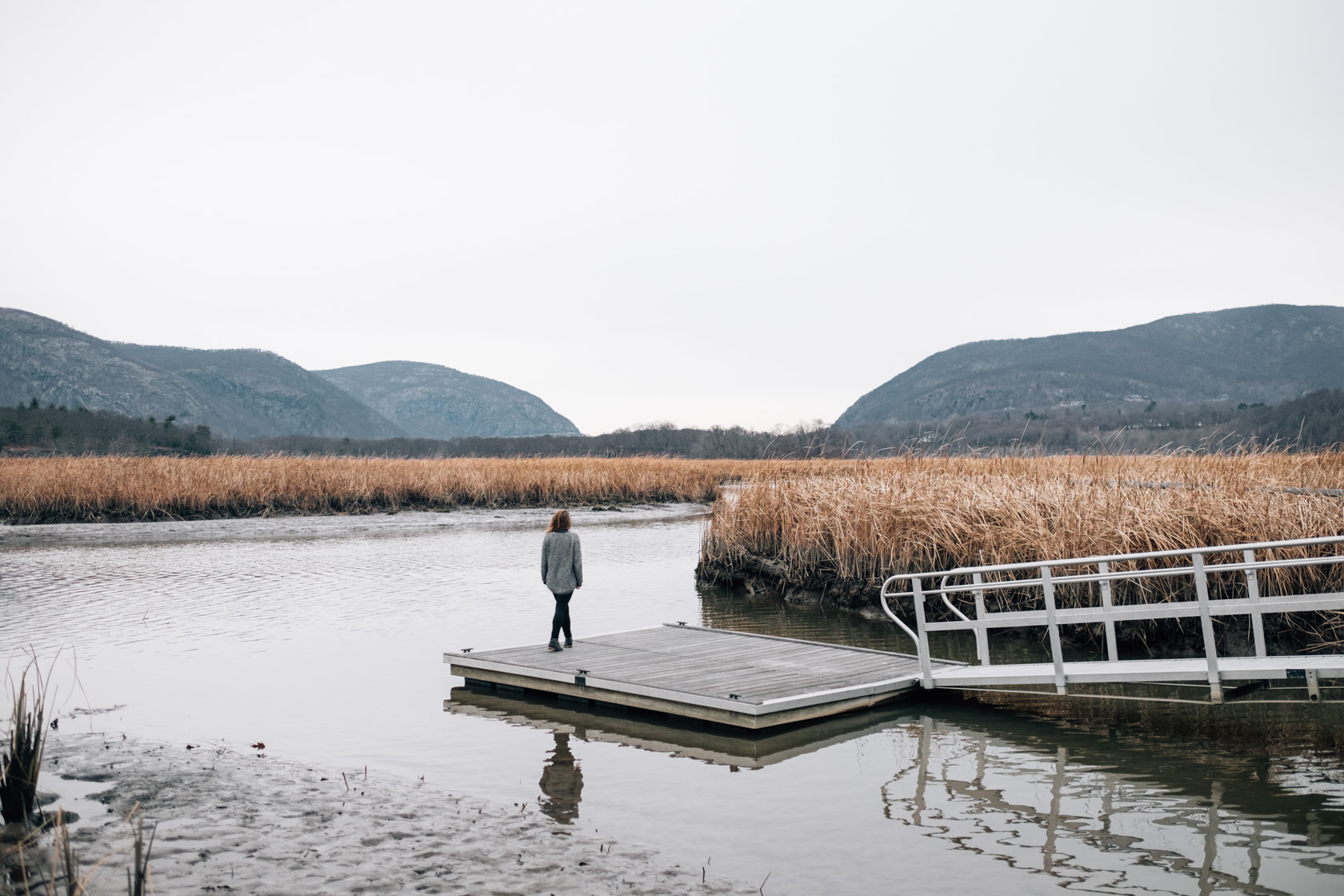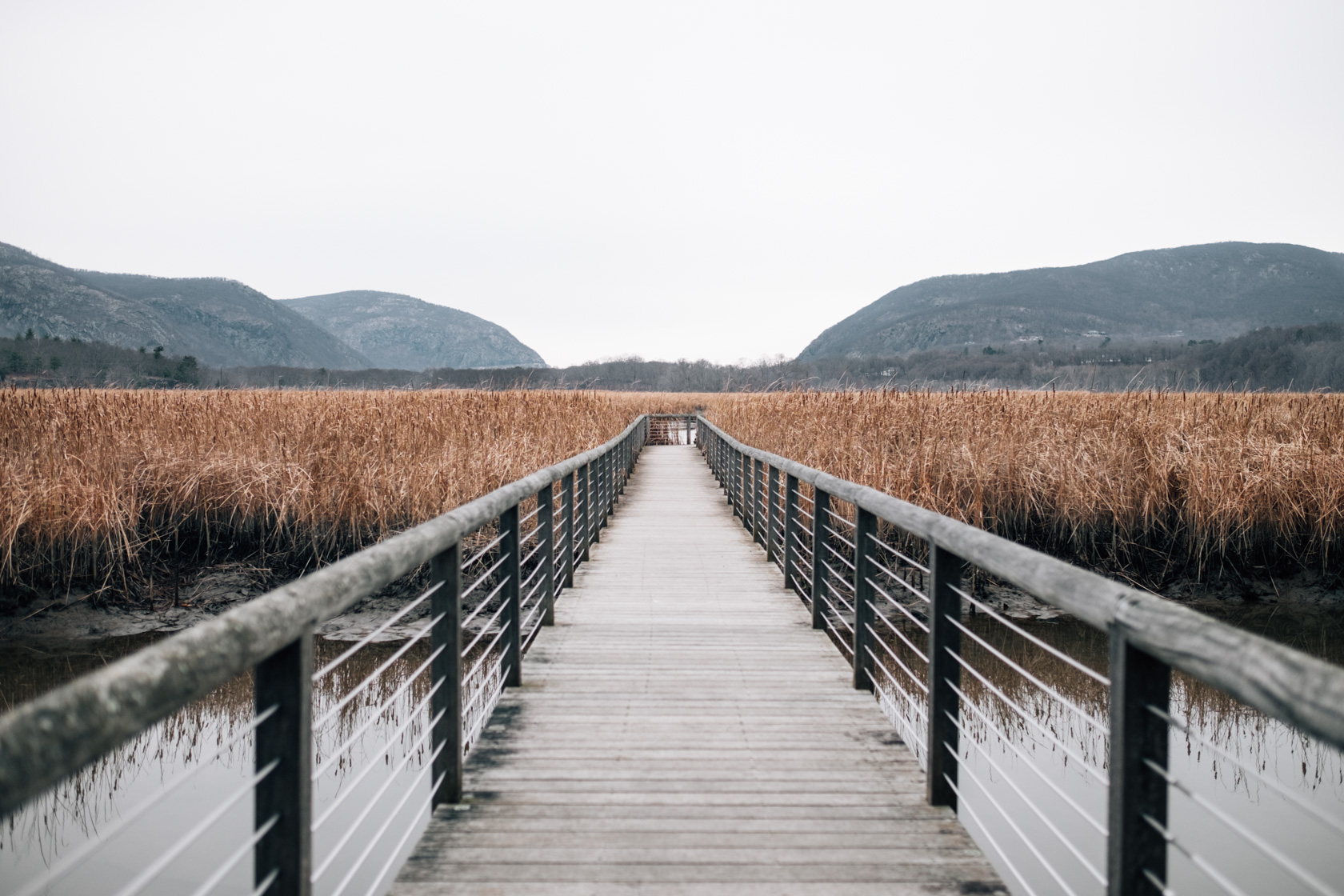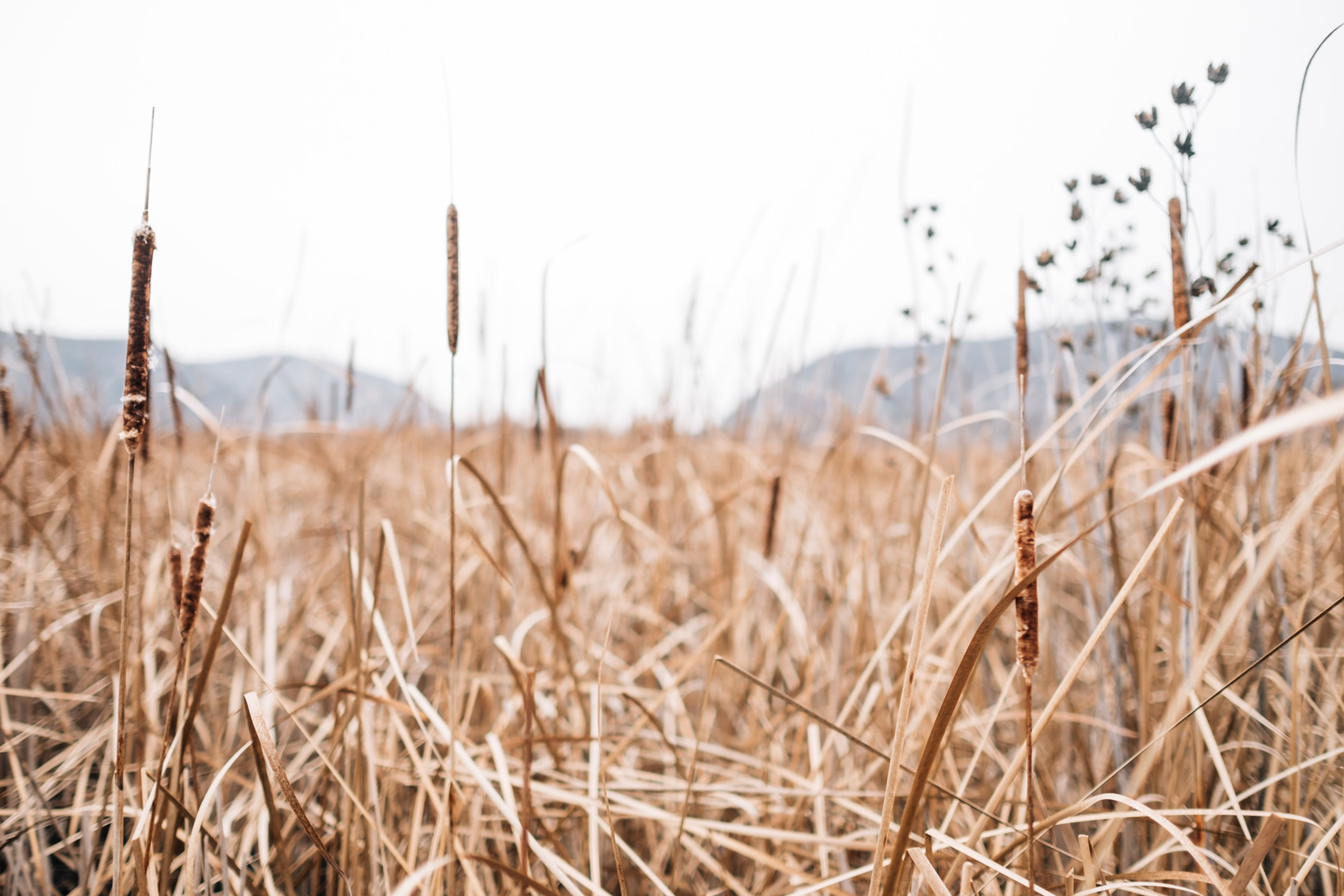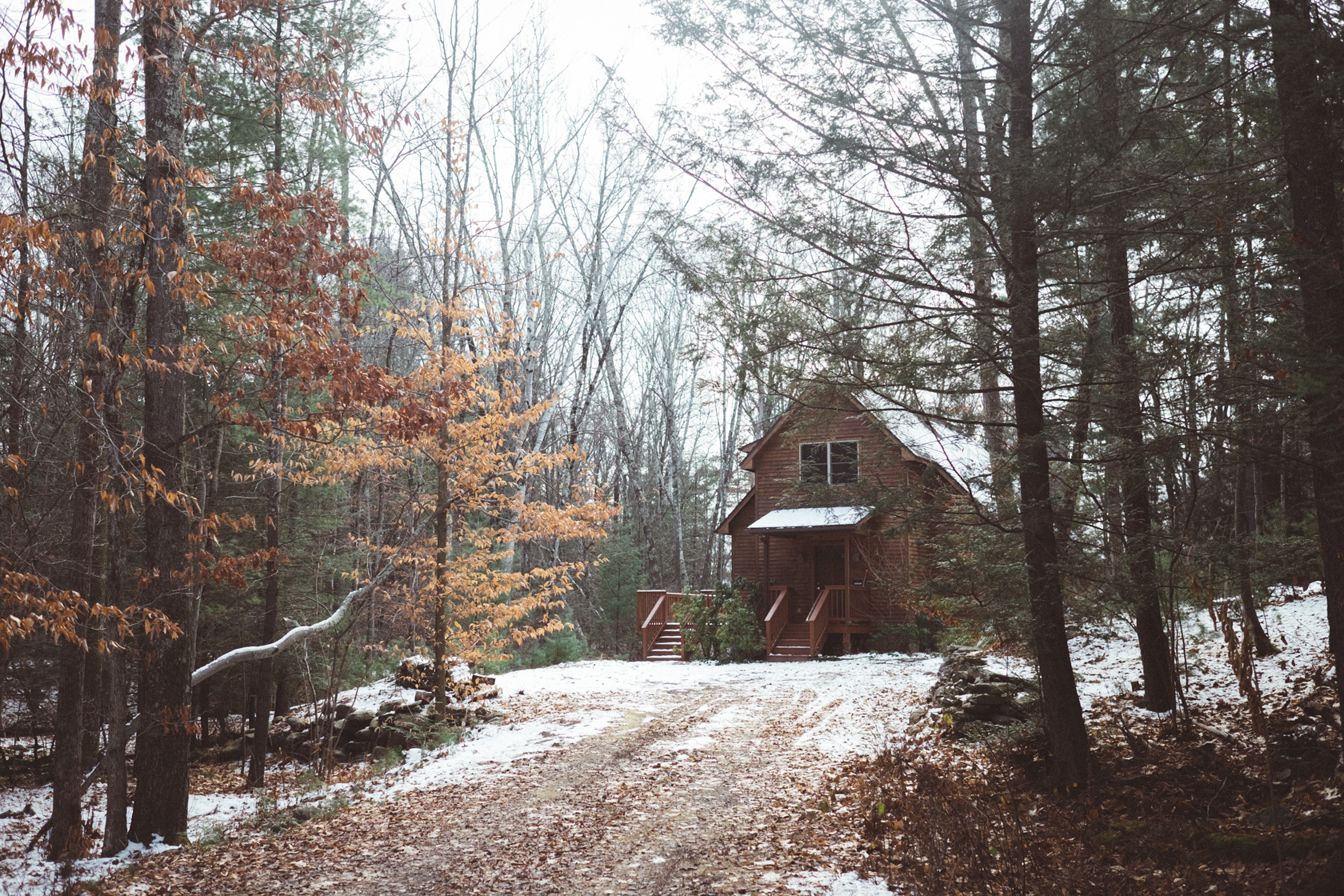A Trip to Hudson Woods
Ben Ashby
A dwelling nestled among the Catskill's.
A place where nature meets design.
Dream of a place, a place where autumn lasts just a little bit longer. The season sets on early as the summer humidity lays in favor of crisp nights and fresh air. The feel that the eternal spirit of autumn is coming. Wildflowers fill the valleys and pastures of the mountain sides, the landscapes become washed with vibrant goldenrod, the deep reds of the Sumac trees, and the black eyed susans that pop up along the winding roadways. Autumn is coming to the Hudson Valley. Many of us have been waiting all year for the first signs of changing leaves, the first signs of apples ripening on the weather worn trees, and the first signs of the many festive weekends to come.
Long winding roads, the kind of roads that you took as a child…big bench back seat, sliding across the leather seats…legs too short to touch the floor. Windows down, the sun shining, the radio dial tuned in to Glen Miller. A Pontiac, a Ford, a 1941 Plymouth with that gas station sticker still in the window, a reminder of the leaner days. The spirit and the imagery is there, the narrative is universal. Autumn comes a little earlier in the Catskills, the Maples start to show their color round about the same time as the goldenrod hits peak color. The autumn lasts a little longer here too. The final colors of the season fade and fall as the frigid days sit in, as Christmas trees are chopped and laboriously tied to the roofs of cars or haphazardly tied in the back of old wooden bed pickup trucks.
Here the season is more than just the changing of the leaves and temperatures, it’s a way of life and a season that is prepared for all year. The mountains and their hollers and many cool spring fed lakes are filled with old fashioned boats and canoes and levity all summer long. Rich greens meet the rich browns and shadows of the forest floors. Autumn though, autumn is a sea of color, a warmth of the spirit, and the idea that nesting season is coming. Pumpkins are gathered, apples are picked, oh so many glorious apples are picked from the aged trees that cascade down the hills and dot the landscapes.
Short swim trunks and leather soled sandals are replaced with clothing designed and produced from nature’s bounty. The purity of the wools, flannels, and leathers bring a naturalness to the season and a knowledge that these timeless pieces were produced by the earth and crafted by the hands of man to created garments designed to cloak and shield man from the chill of the season.
The Catskills are a vast region that is filled with nature, endless nature, history, culture, a dynamic mix of people, and landscapes that invite you in and ask, if not implore you to explore.
That love of nature and upstate New York led us to Hudson Woods Hudson Woods has long been on our radar. Back a couple years ago Paige went for a visit on a frigid early December weekend. Since then we’ve been itching to go ourselves.
Hudson Woods is actually a residential community outside Kerhonkson, New York. The tag line is “where design meets nature” and it truly feels that way as soon as you enter the development. The property designed by Lang Architecture and Brick and Wonder is designed to be a weekend escape from New York city for those that love modern design and the sanctuary of nature. Over the past few years the show house has been used for countless photo shoots and architectural studies. The home is largely built and furnished with materials and goods from regional makers and craftsmen.
I wanted to start this Catskills travel guide series by sharing a few of my favorite images from the home. Our next piece in the series will be a conversation with Hort and Pott, the landscape design studio and shop in the nearby town of Oak Hill, New York.
The home itself is designed to be one of those that compliments the landscape and has a feel that says…. I coexist here, I am a part of this lands story, this land isn’t mine, but I am its. A simple timeless frame holds a home that is so well designed that you will feel an otherworldly experience just by touching the doorknobs.





